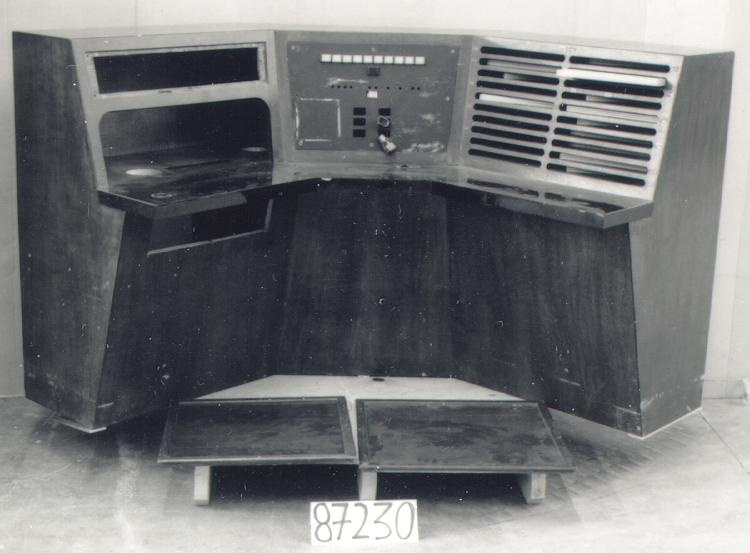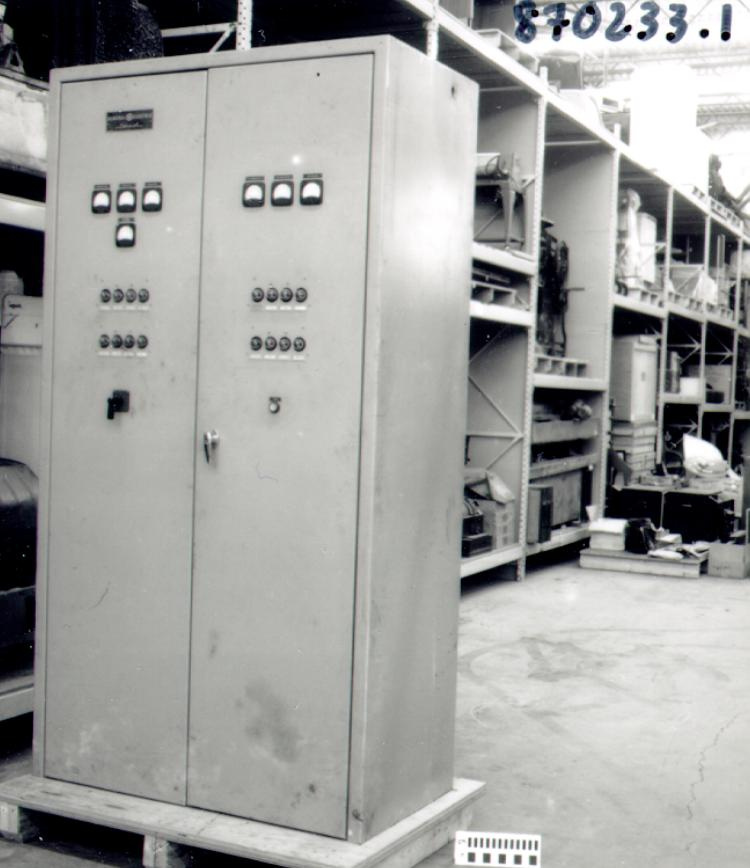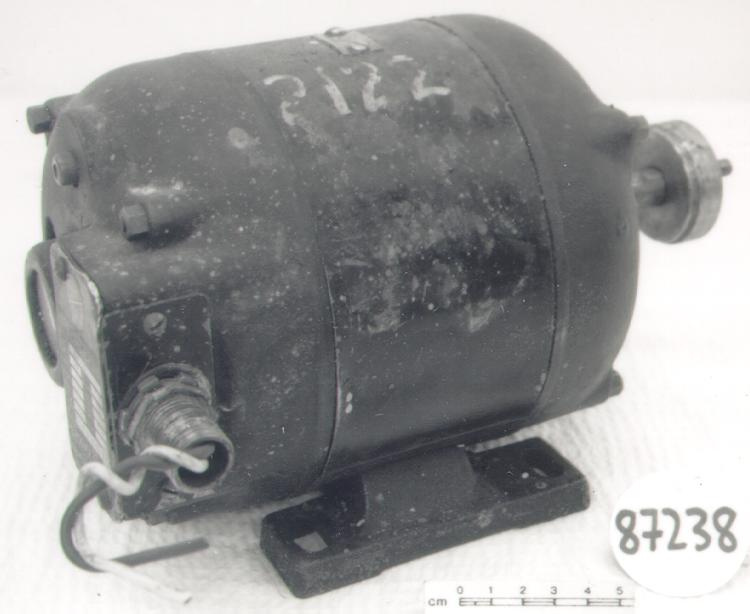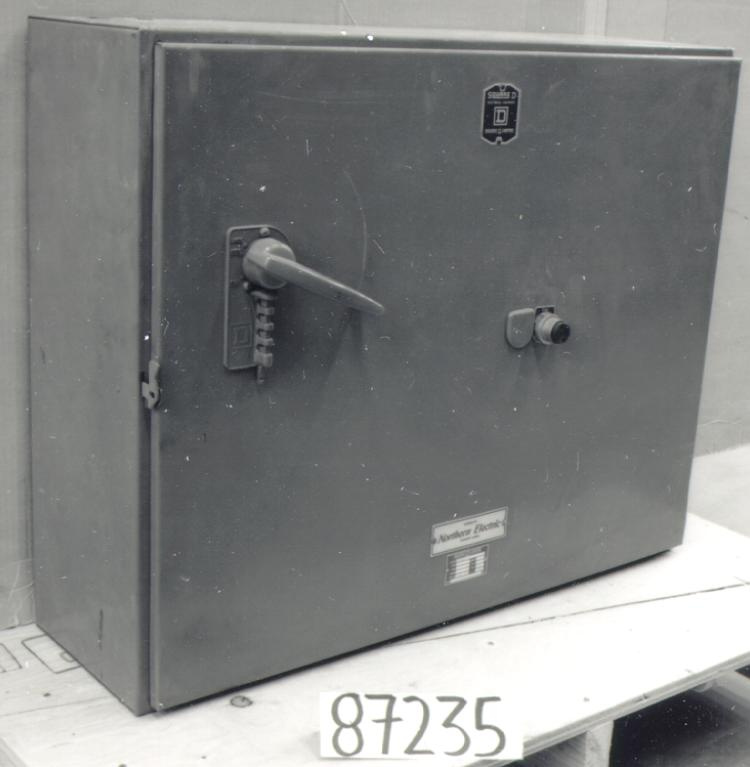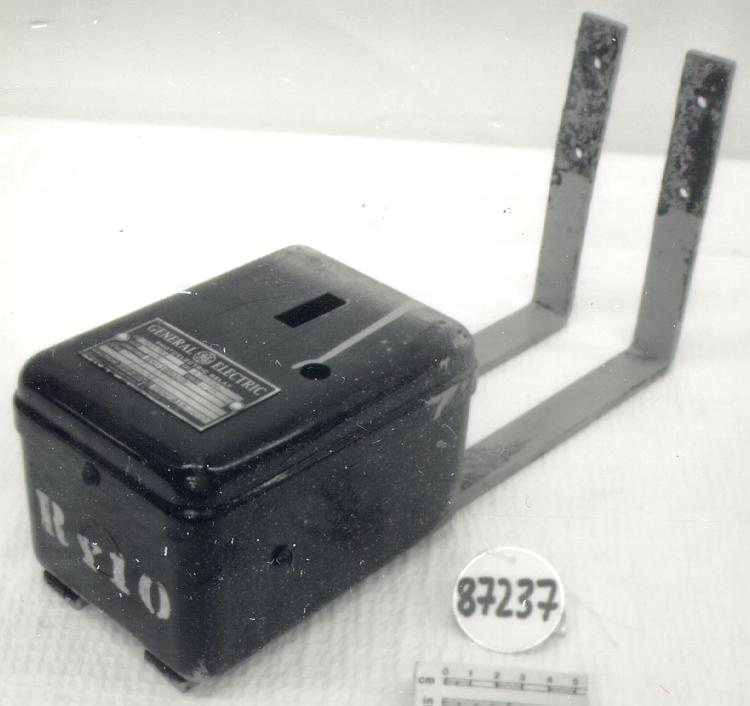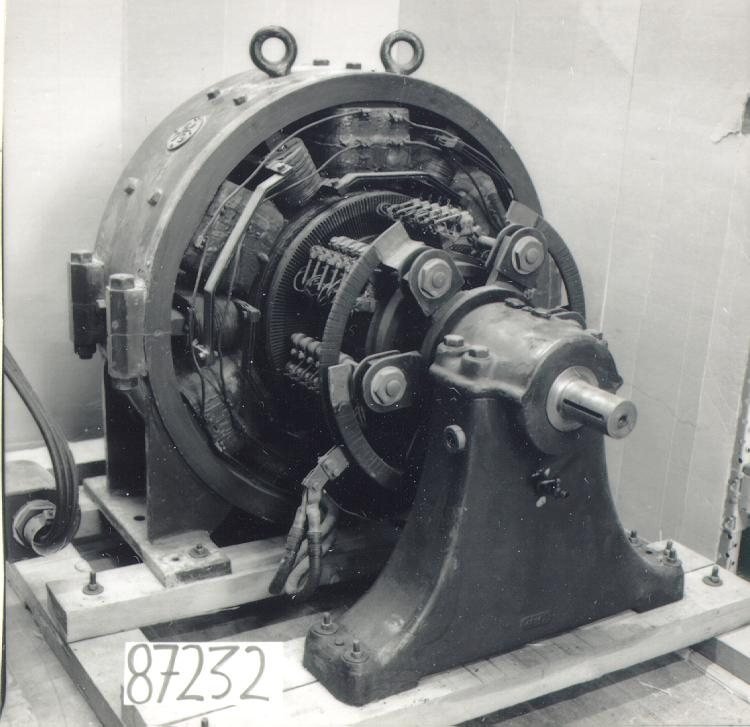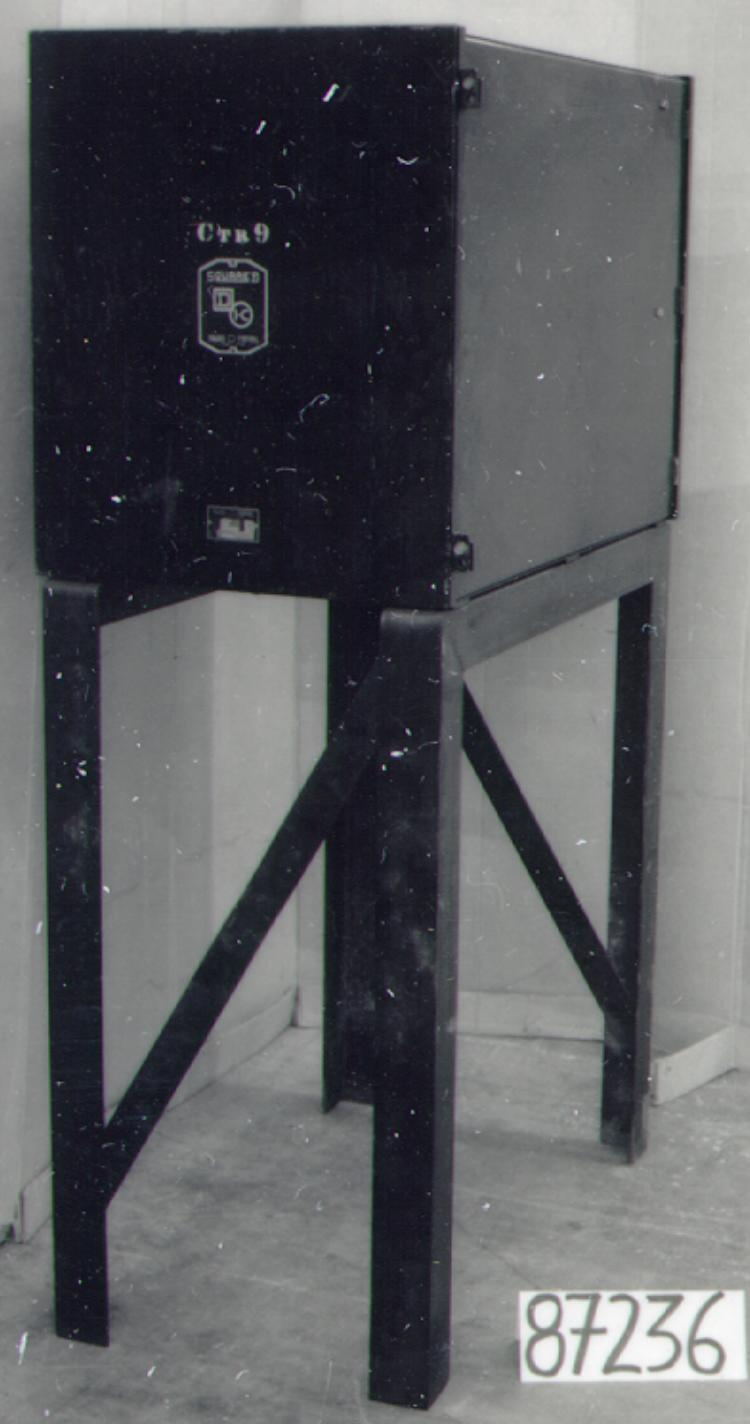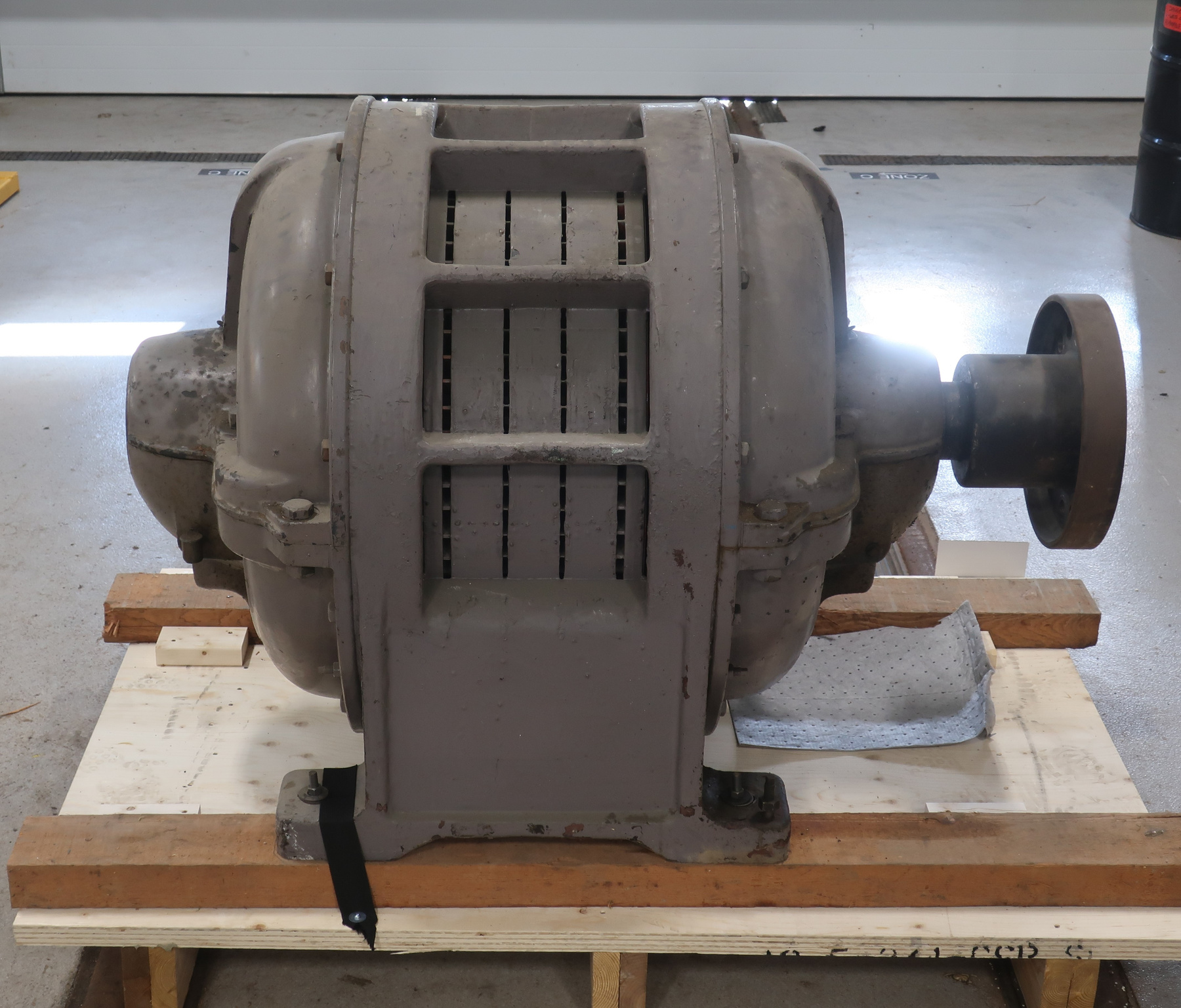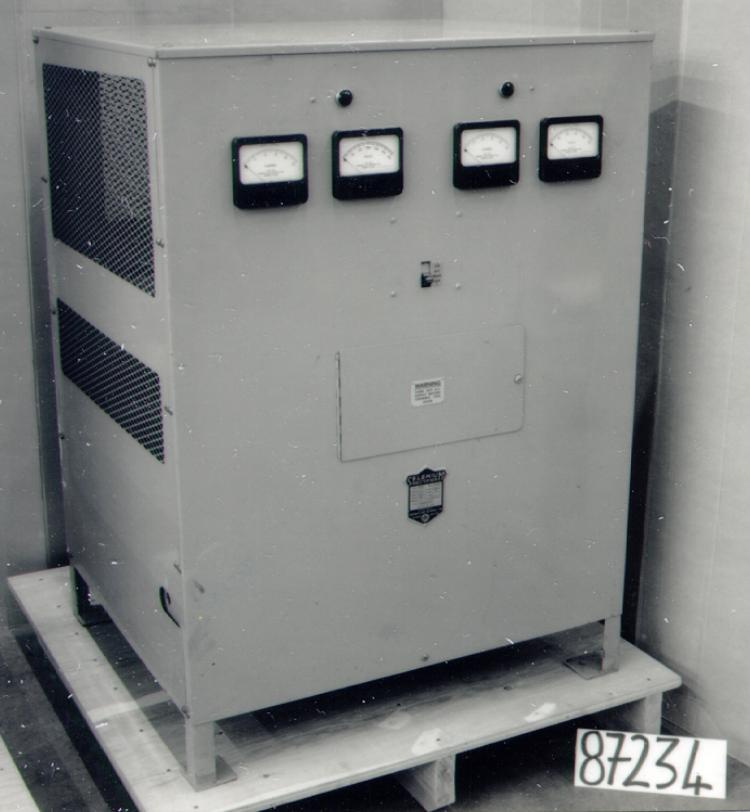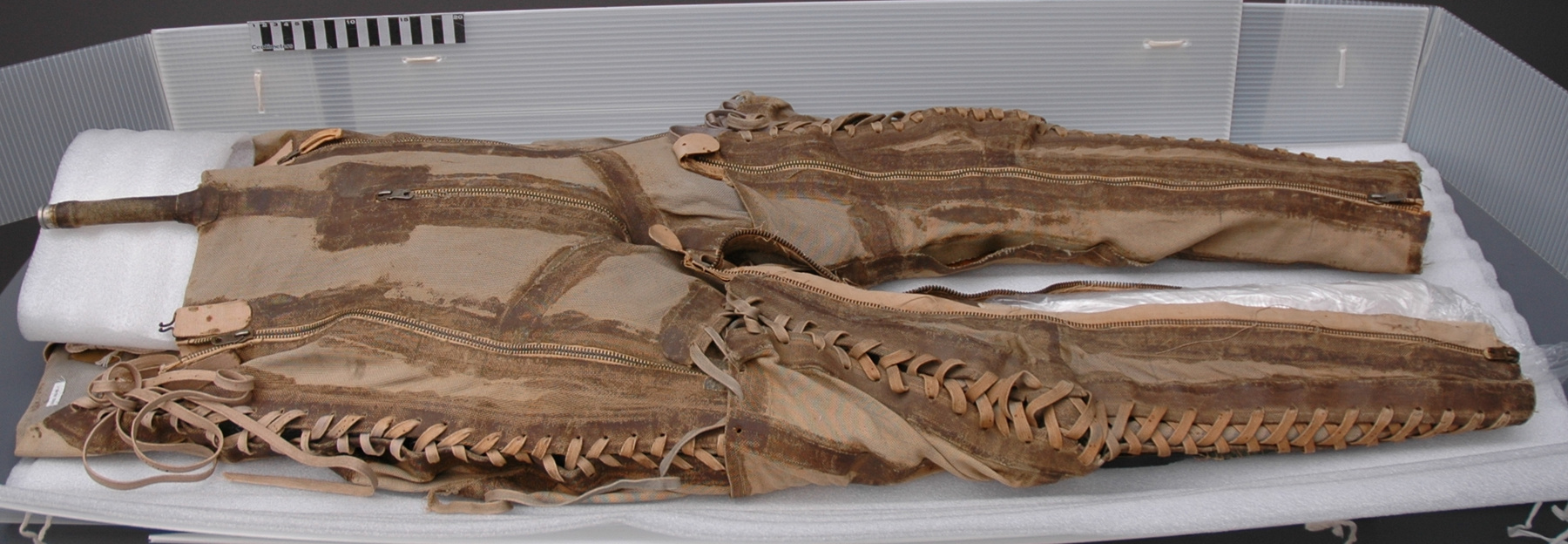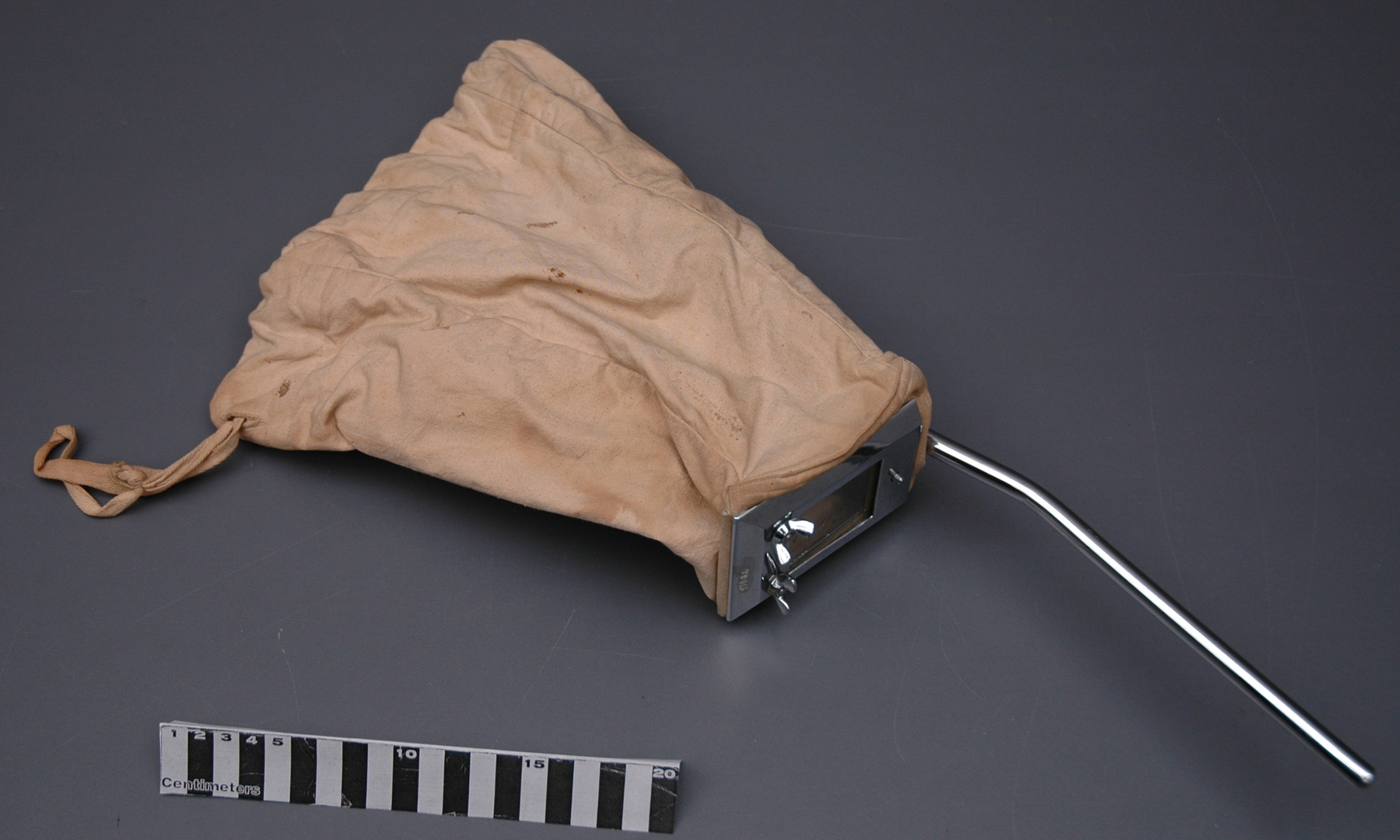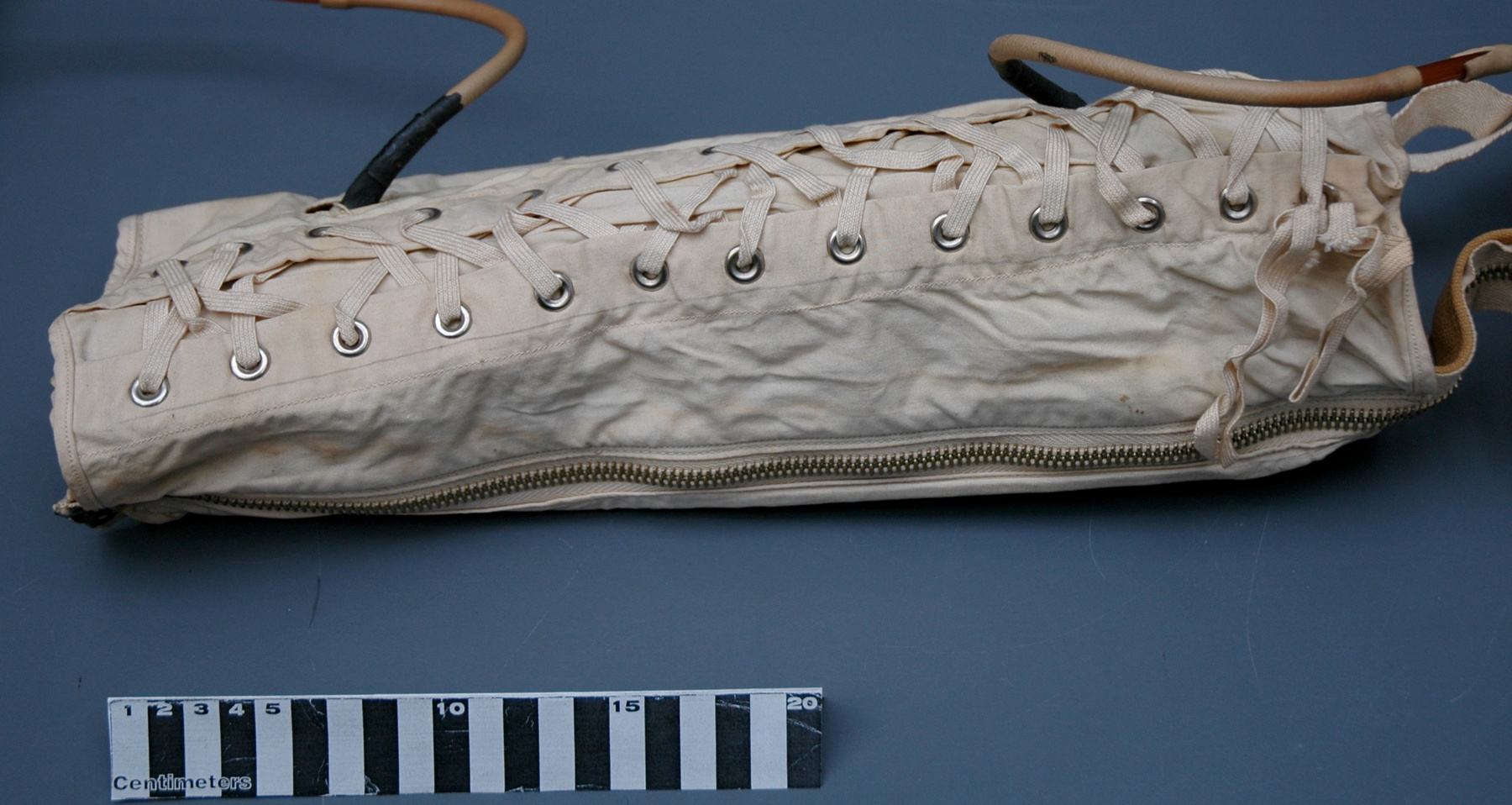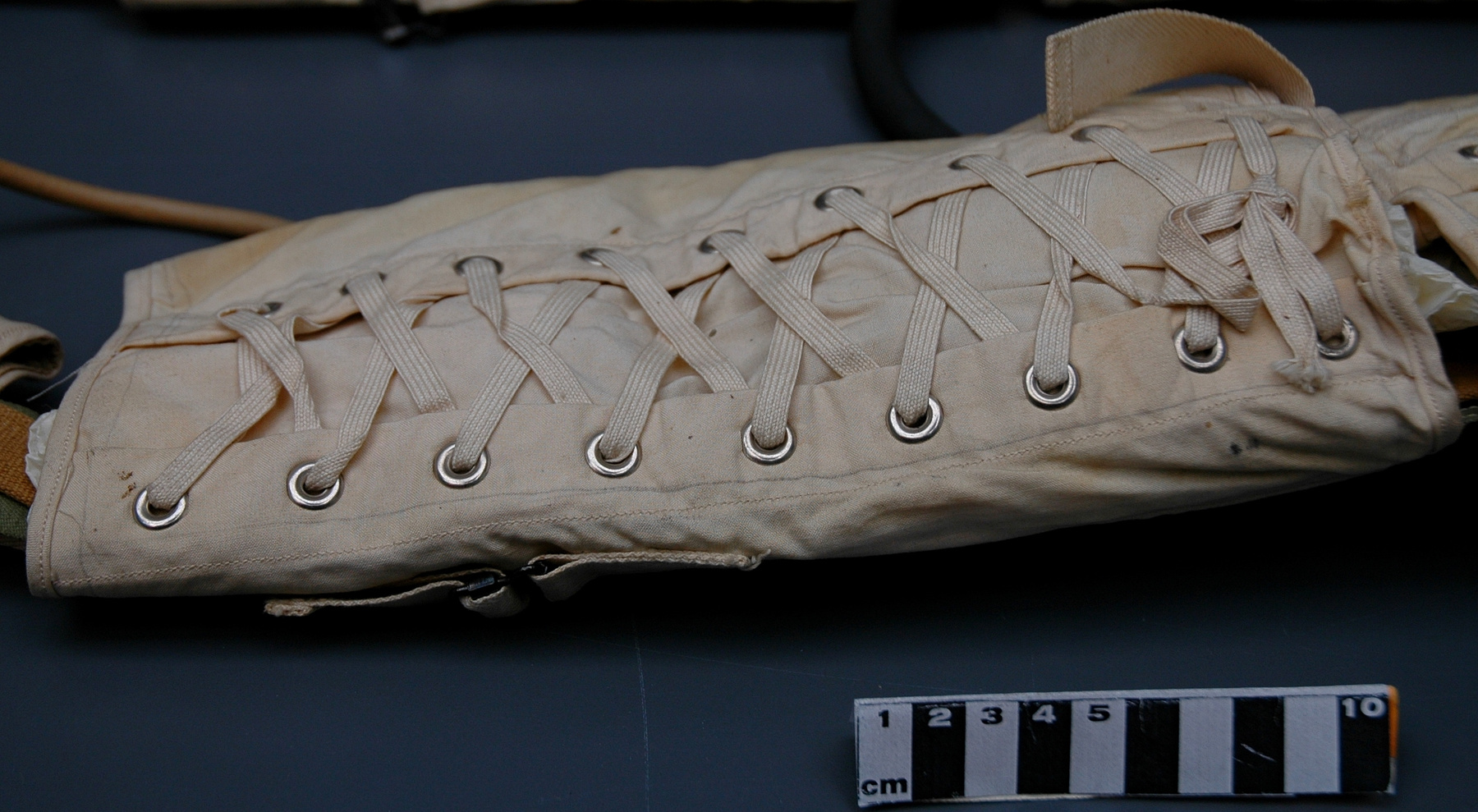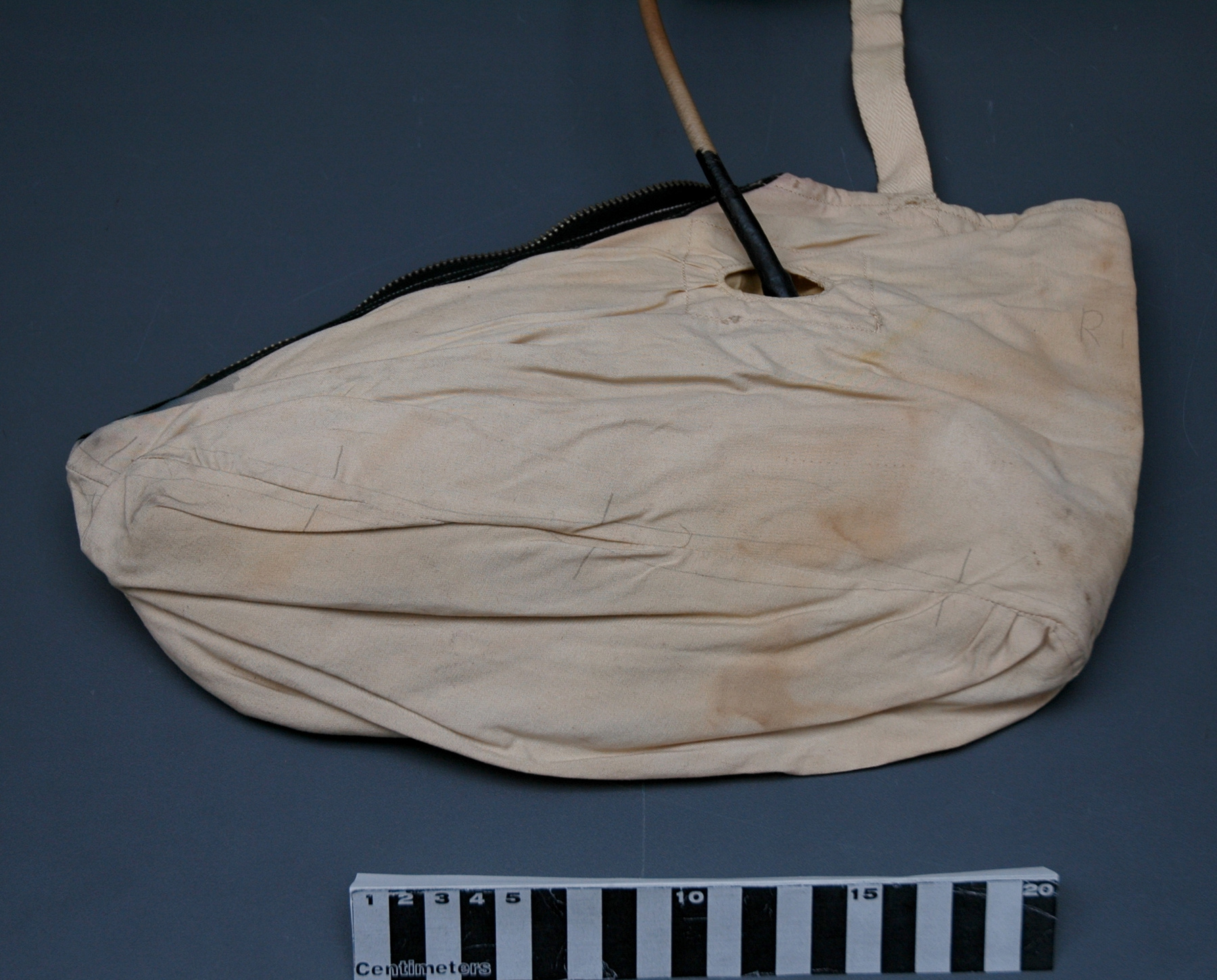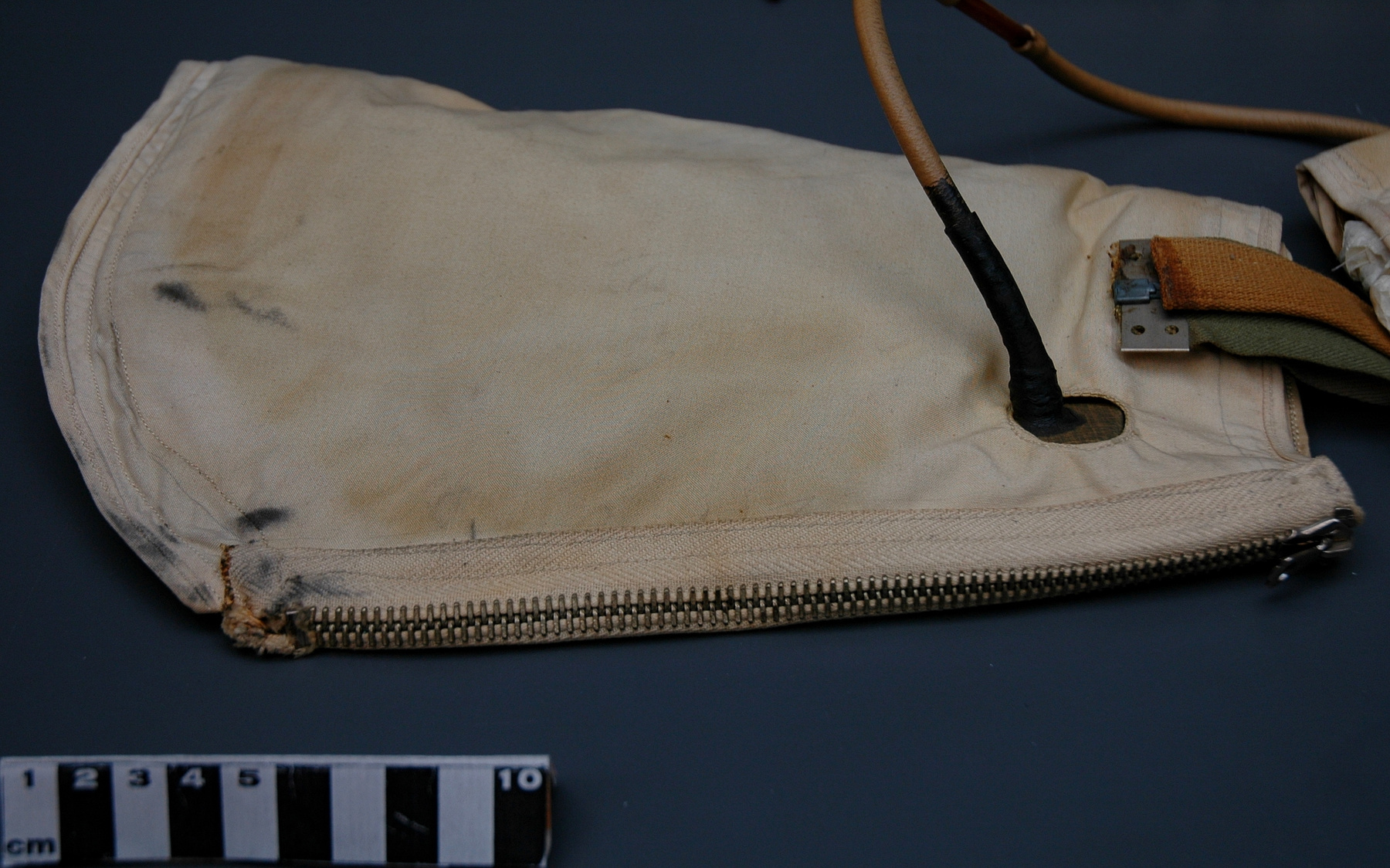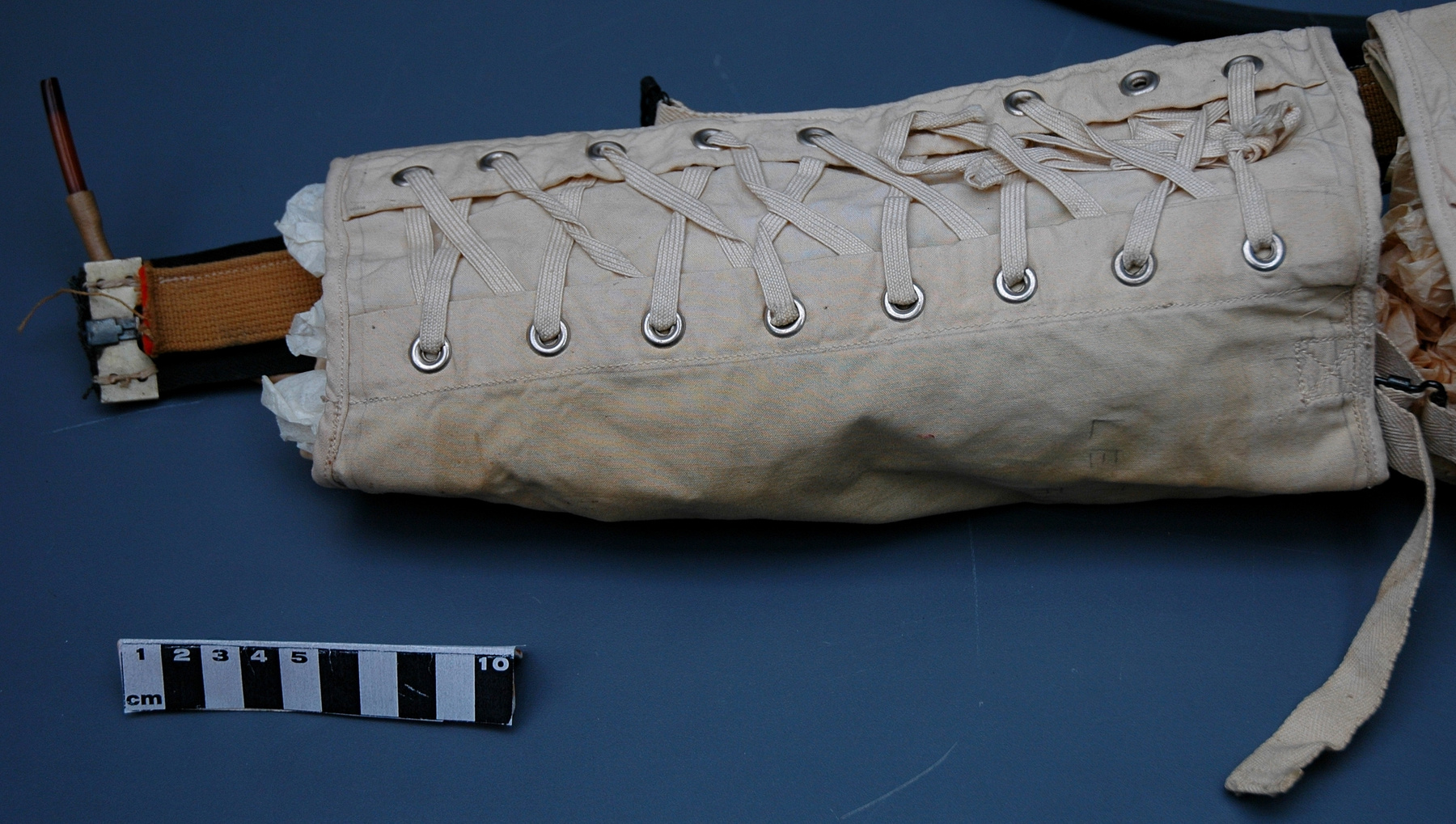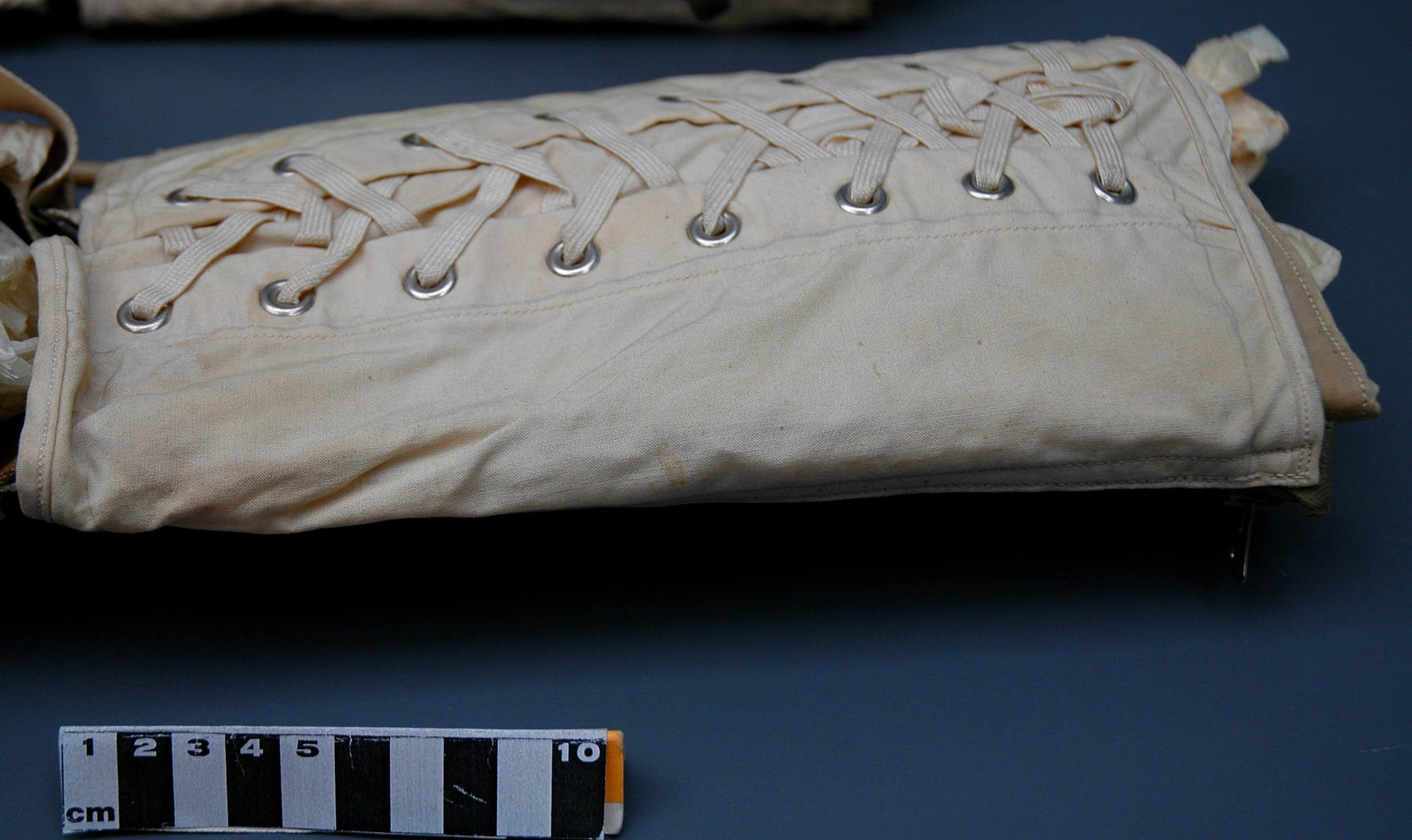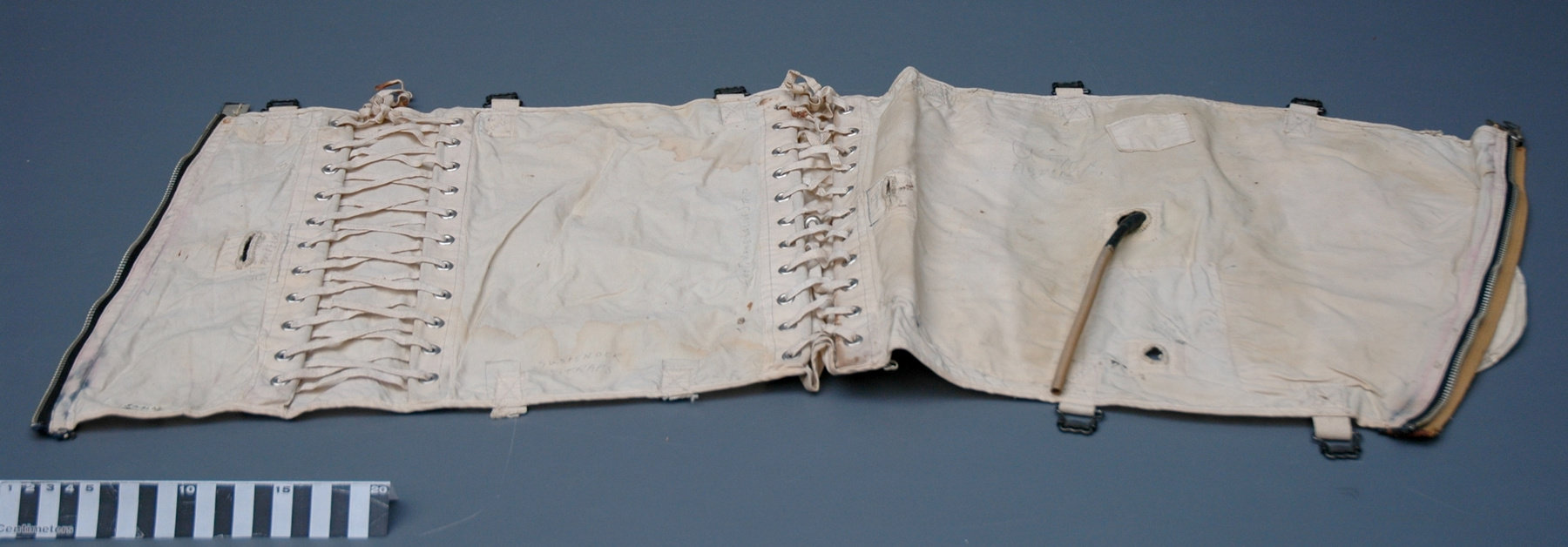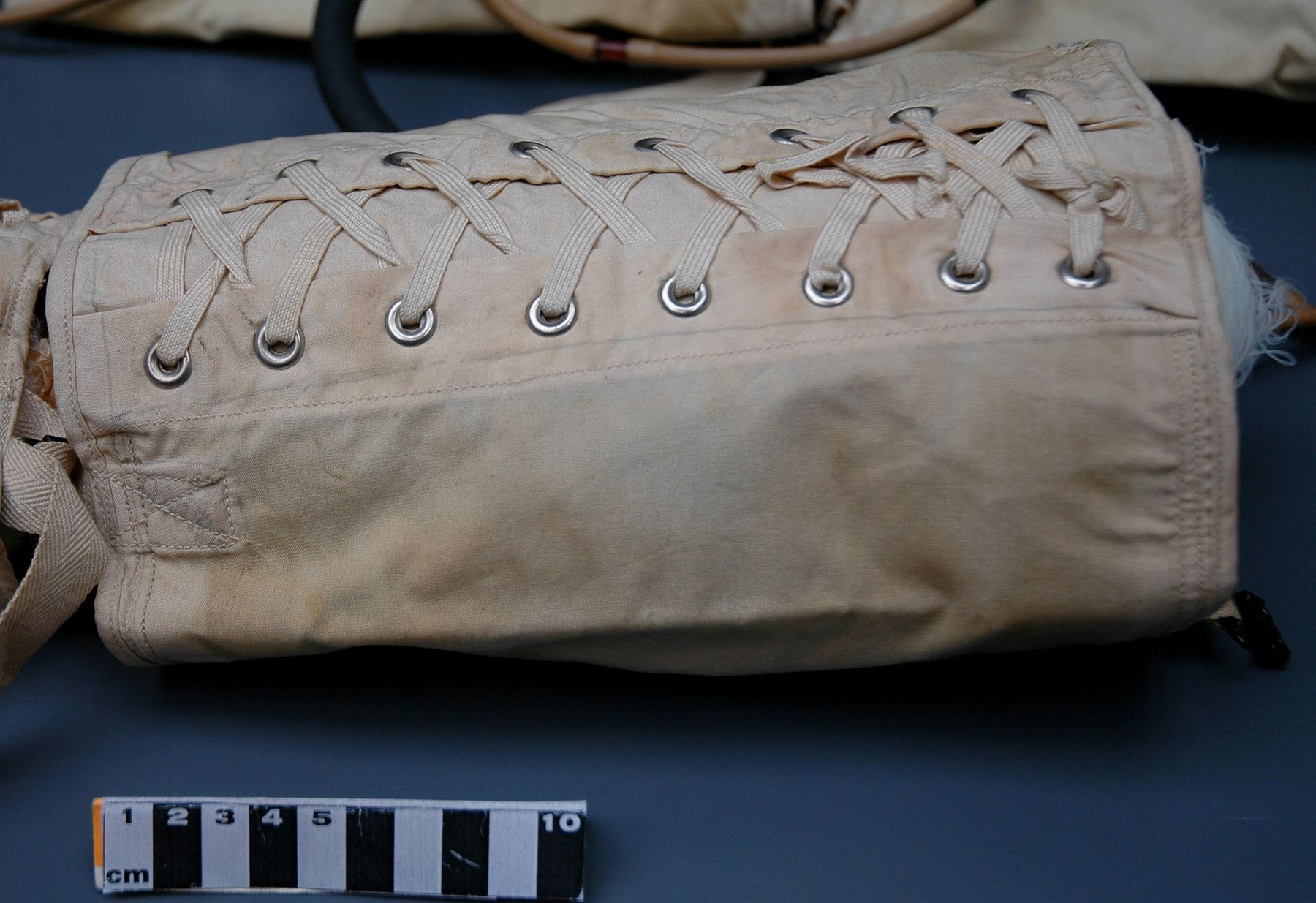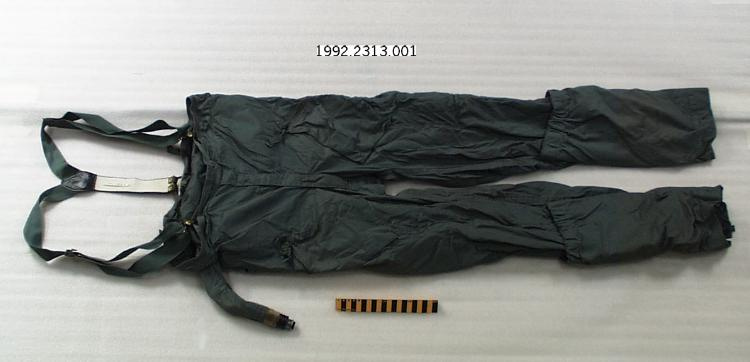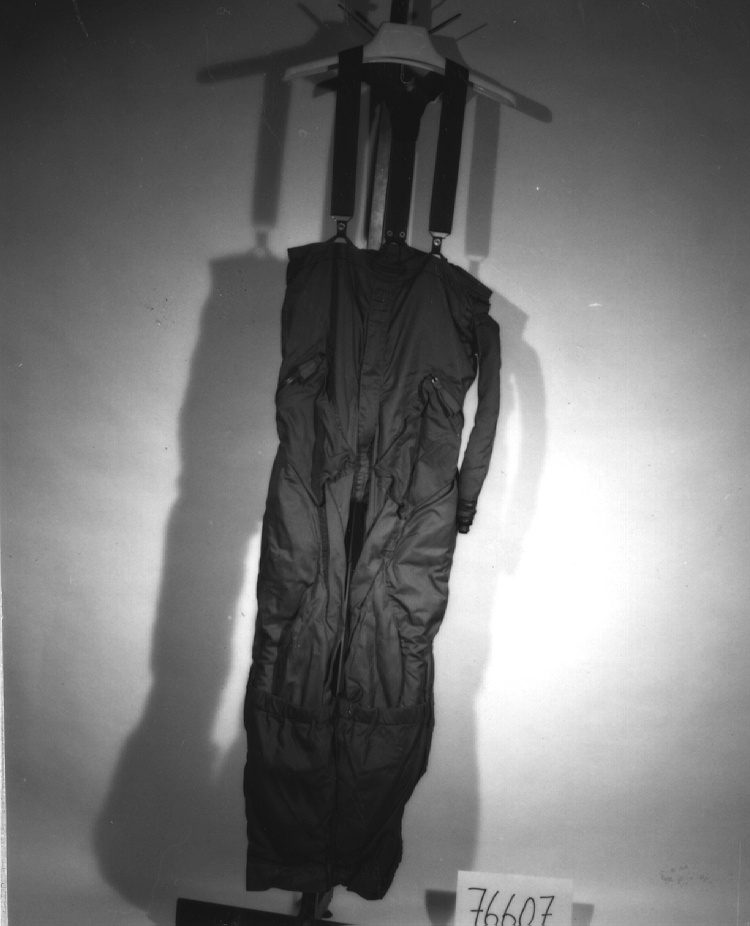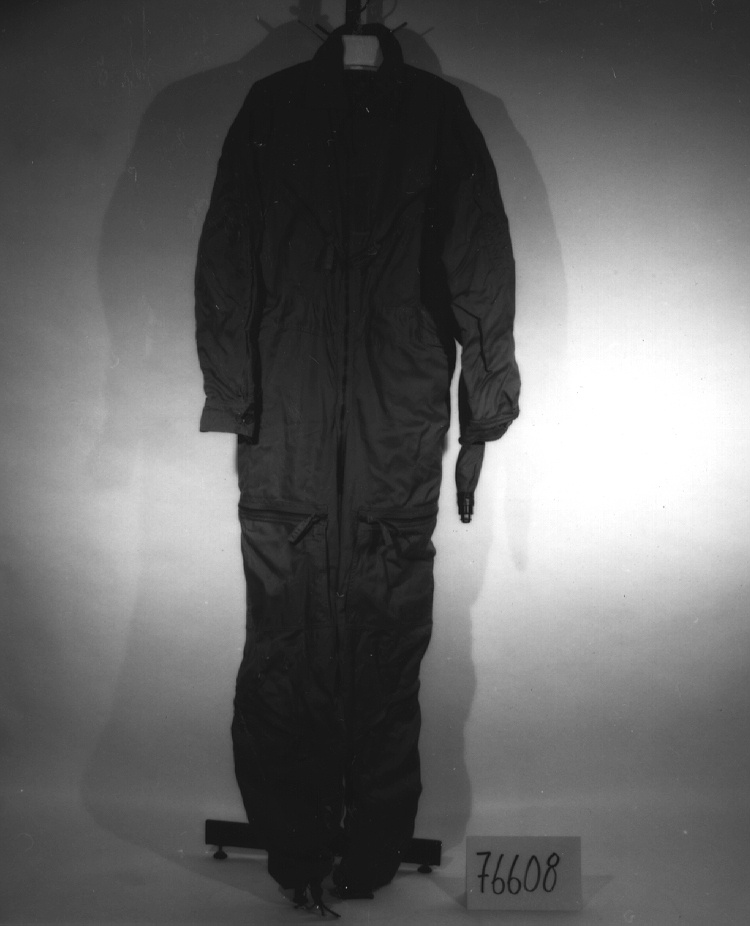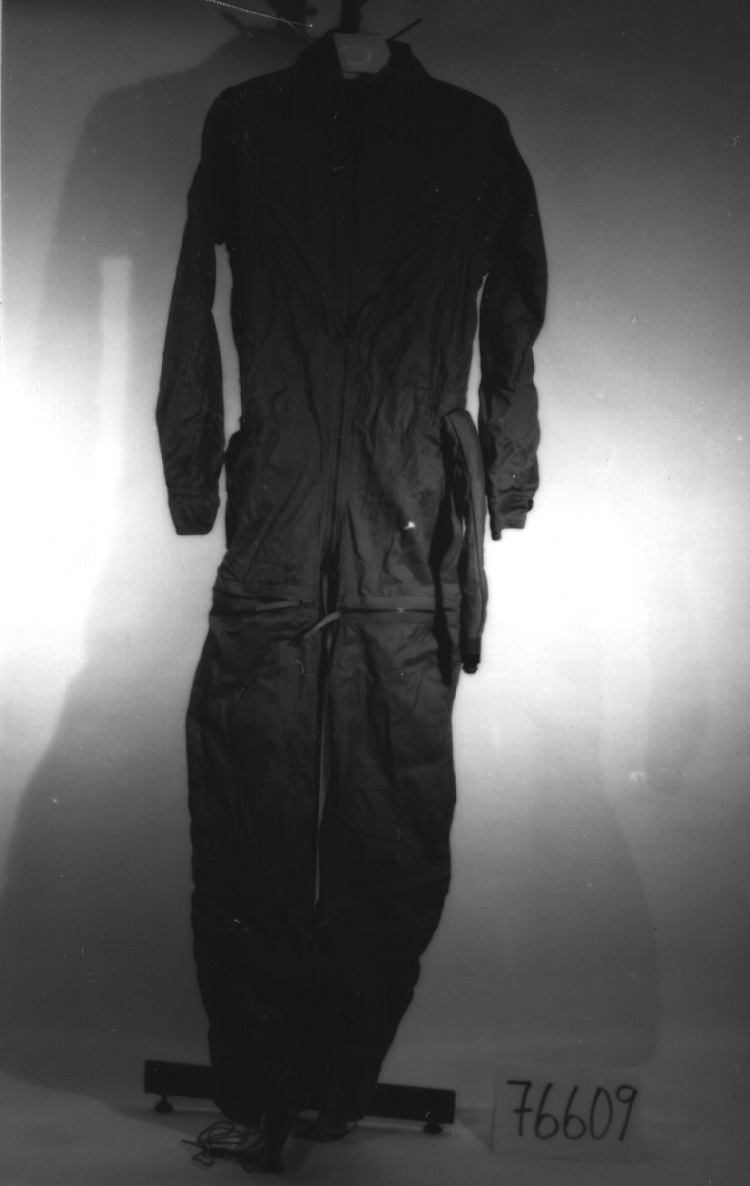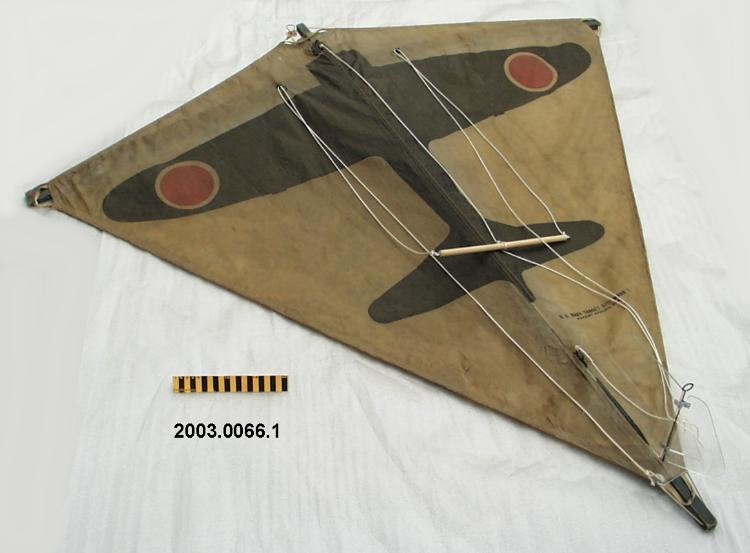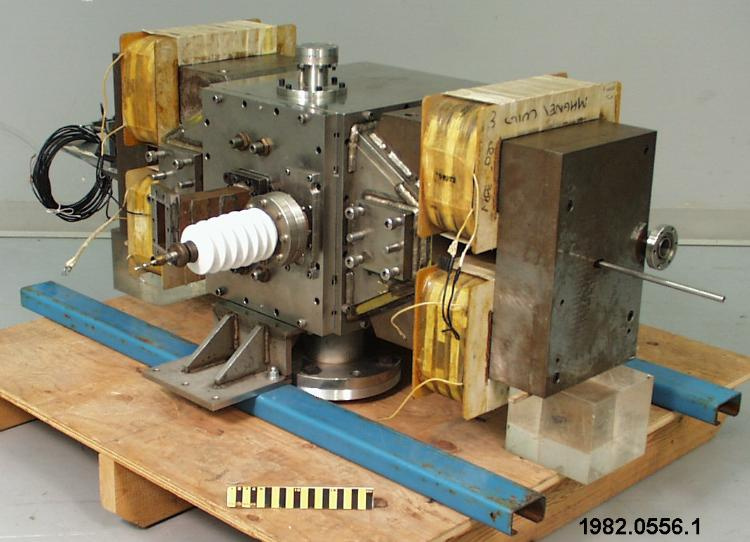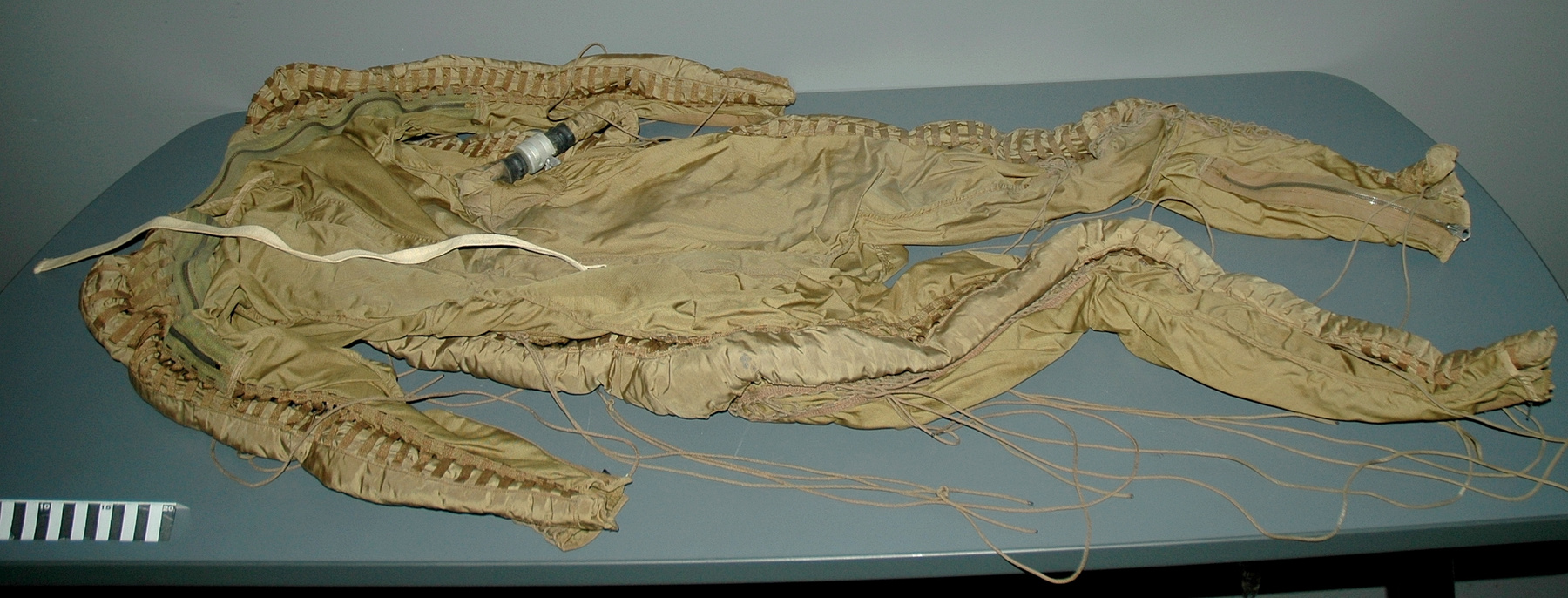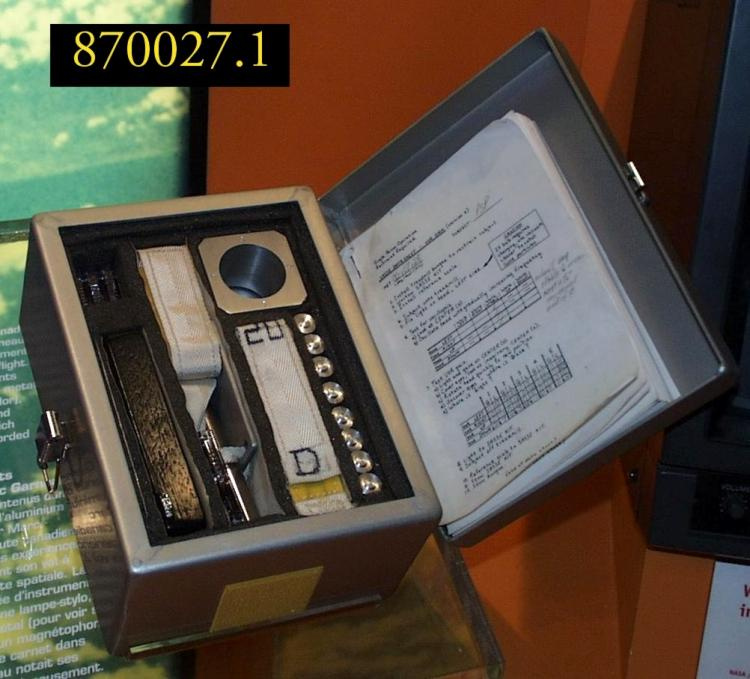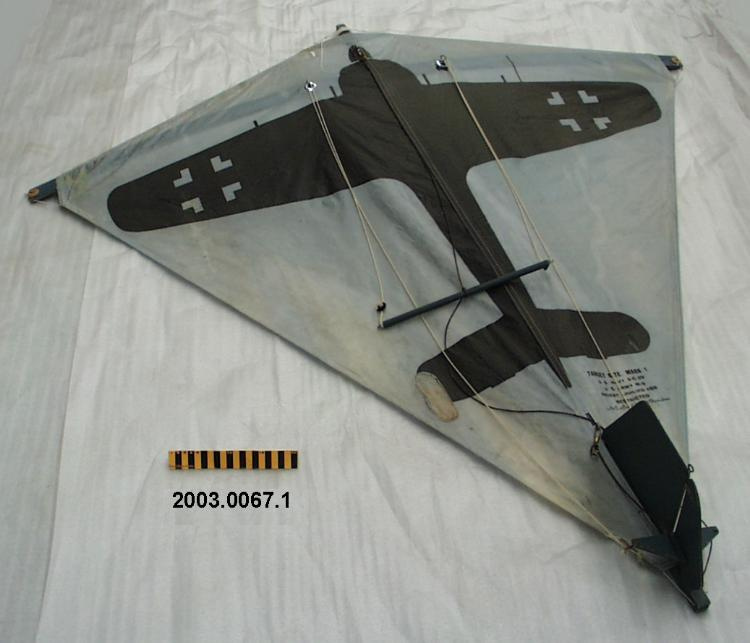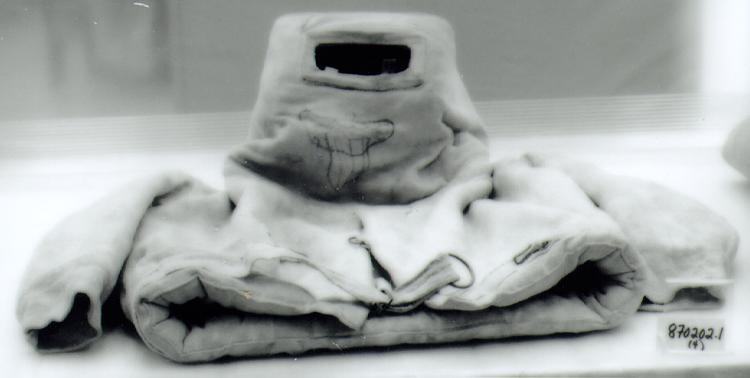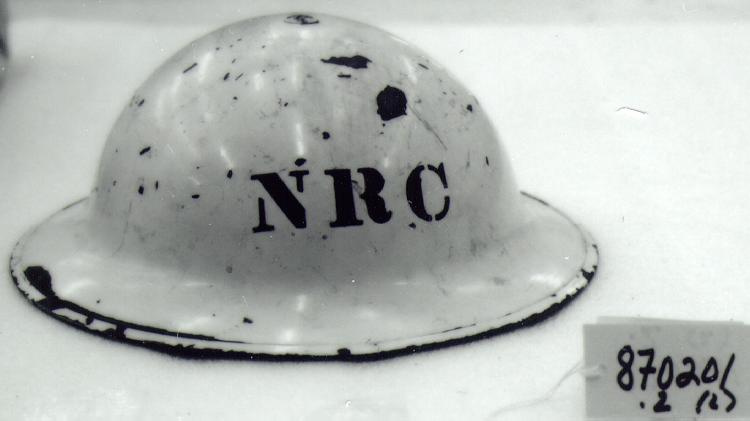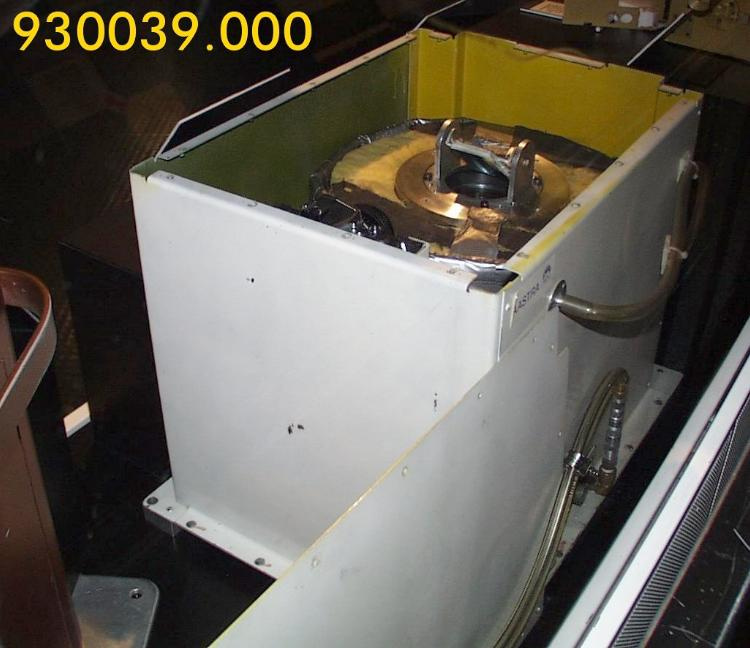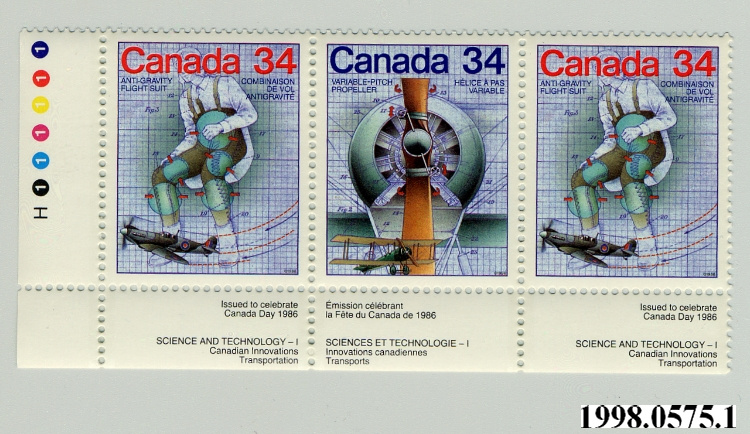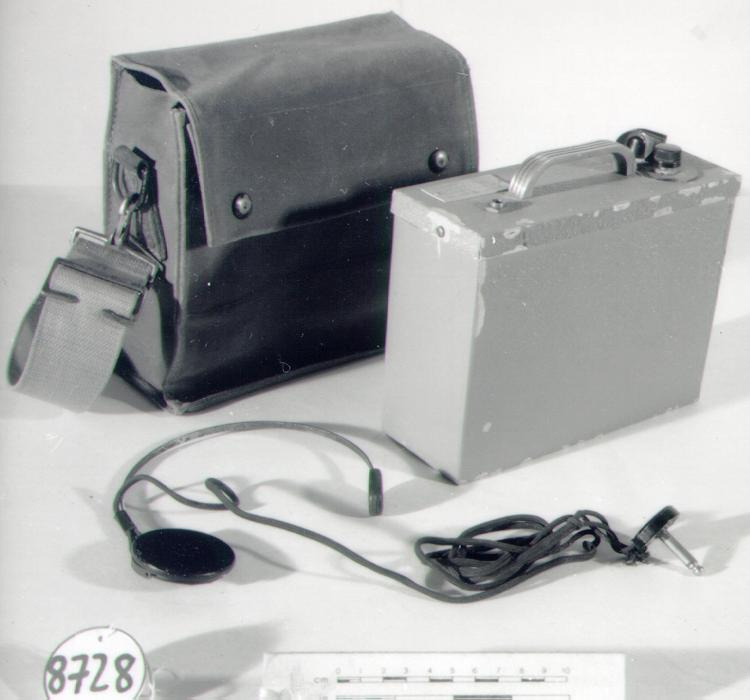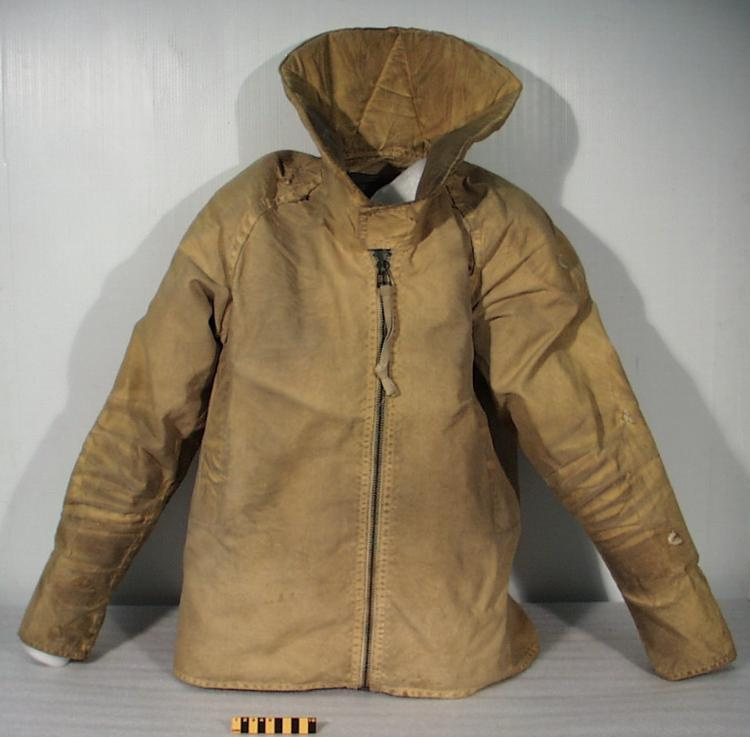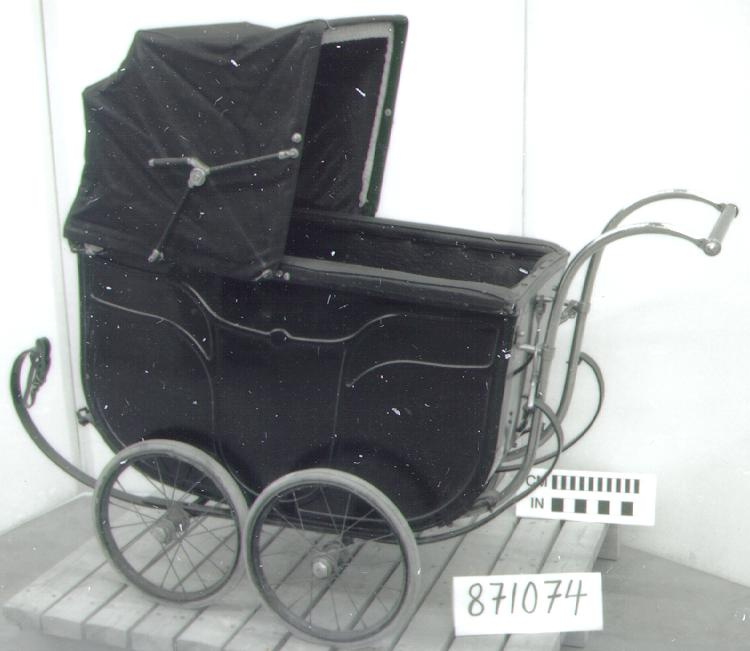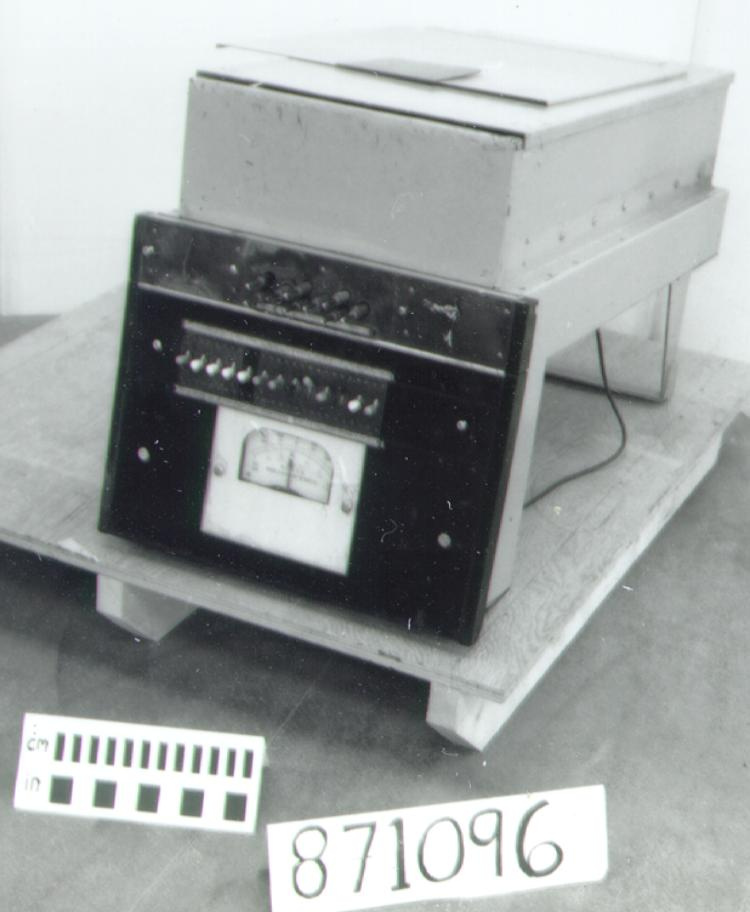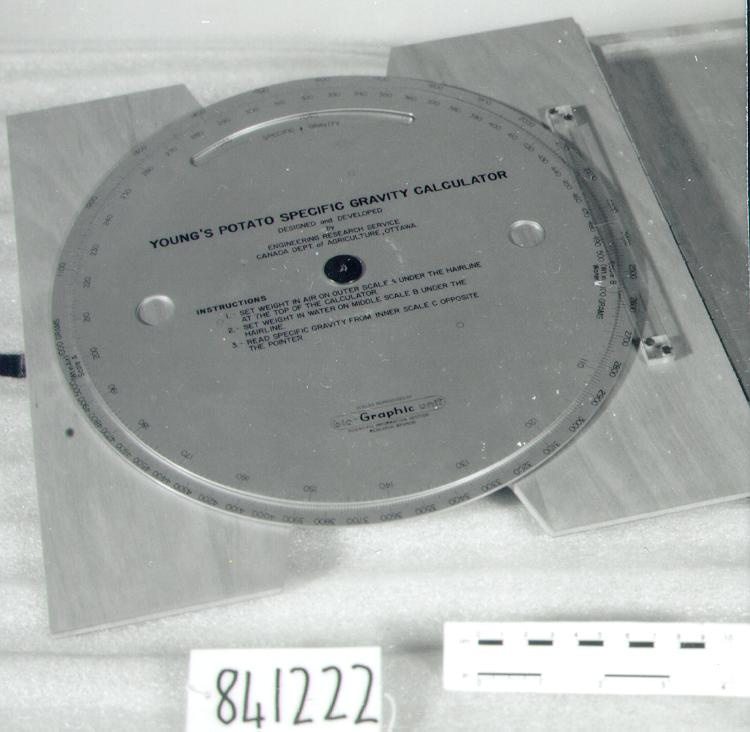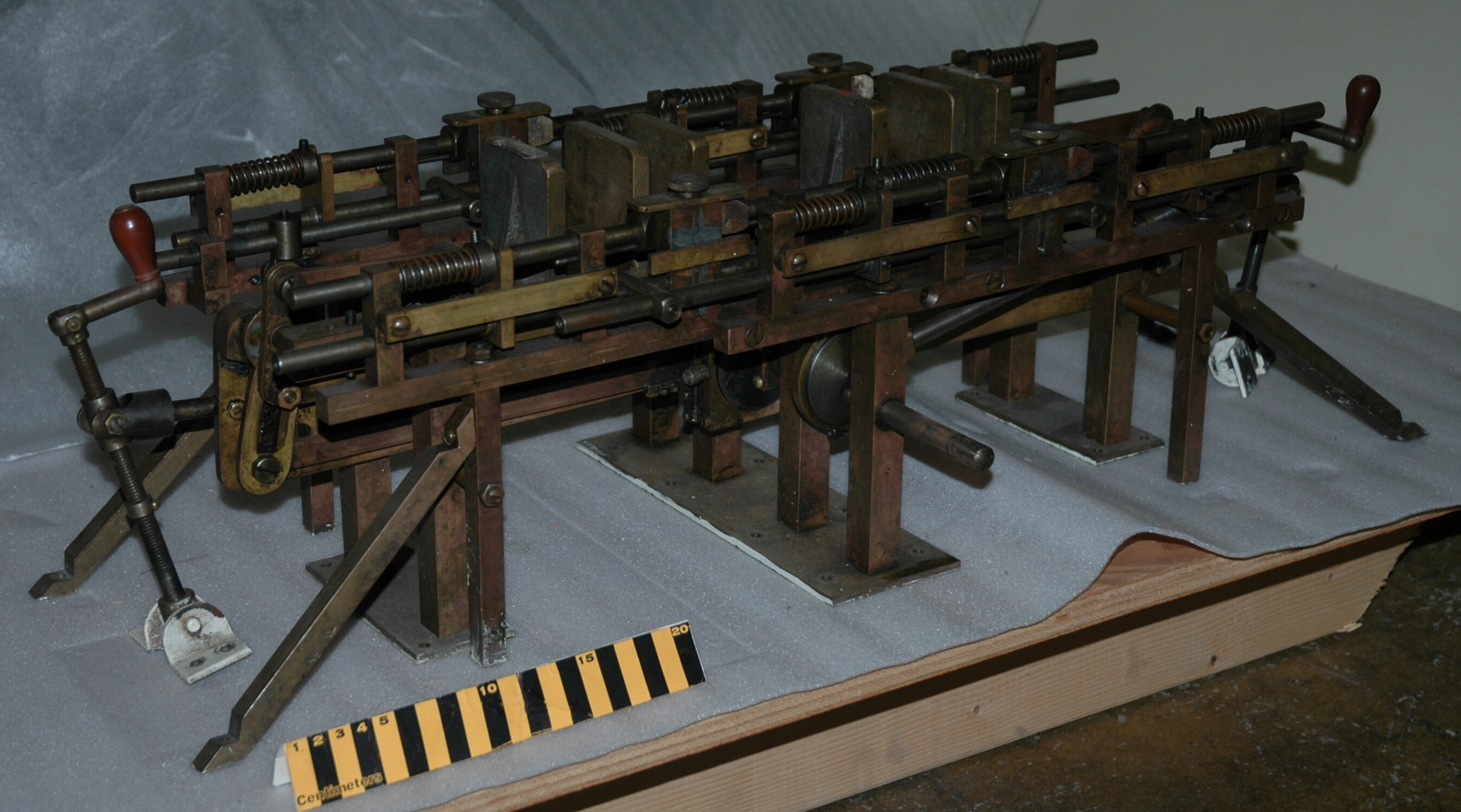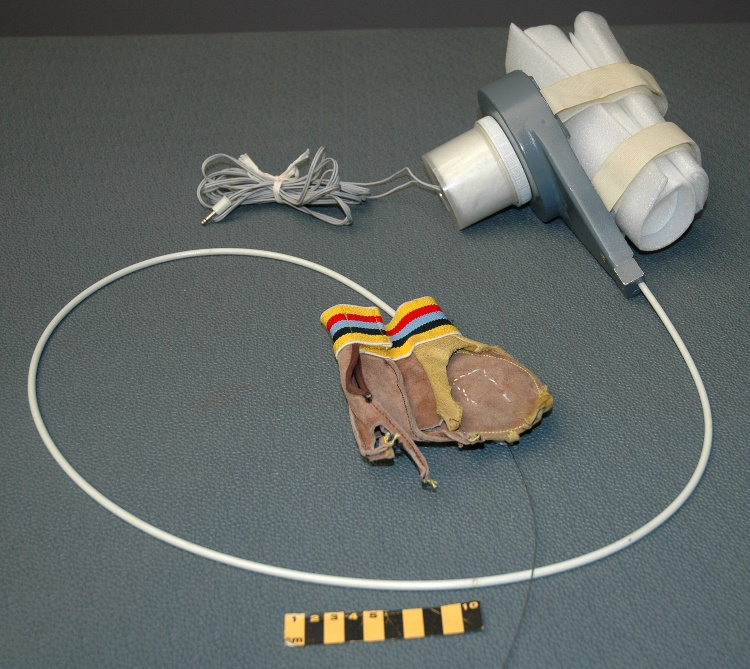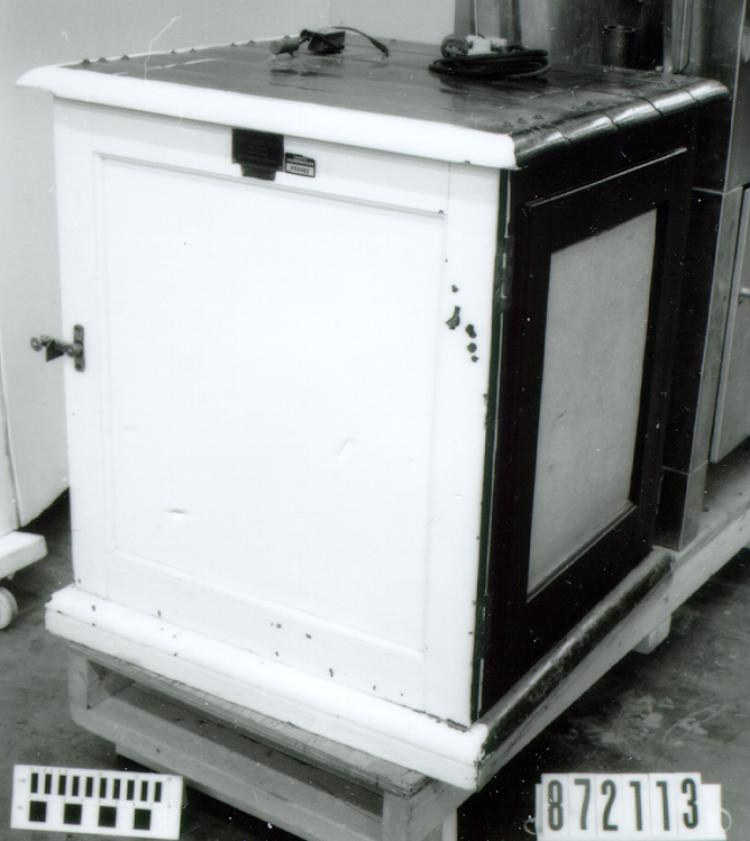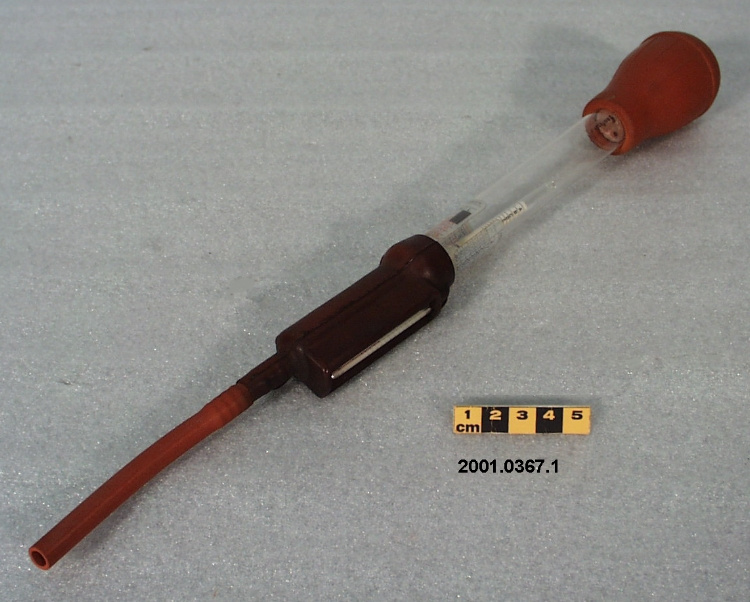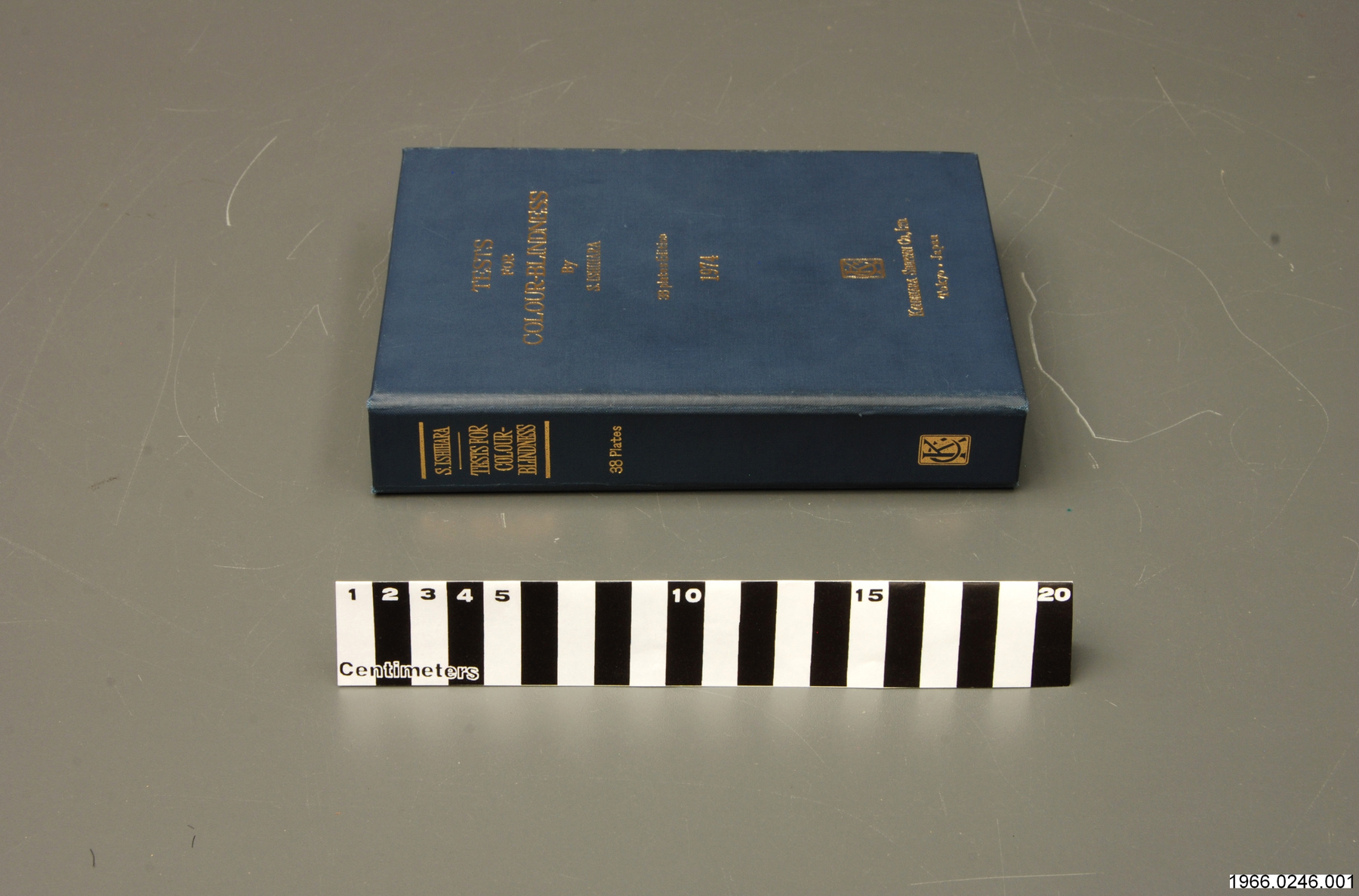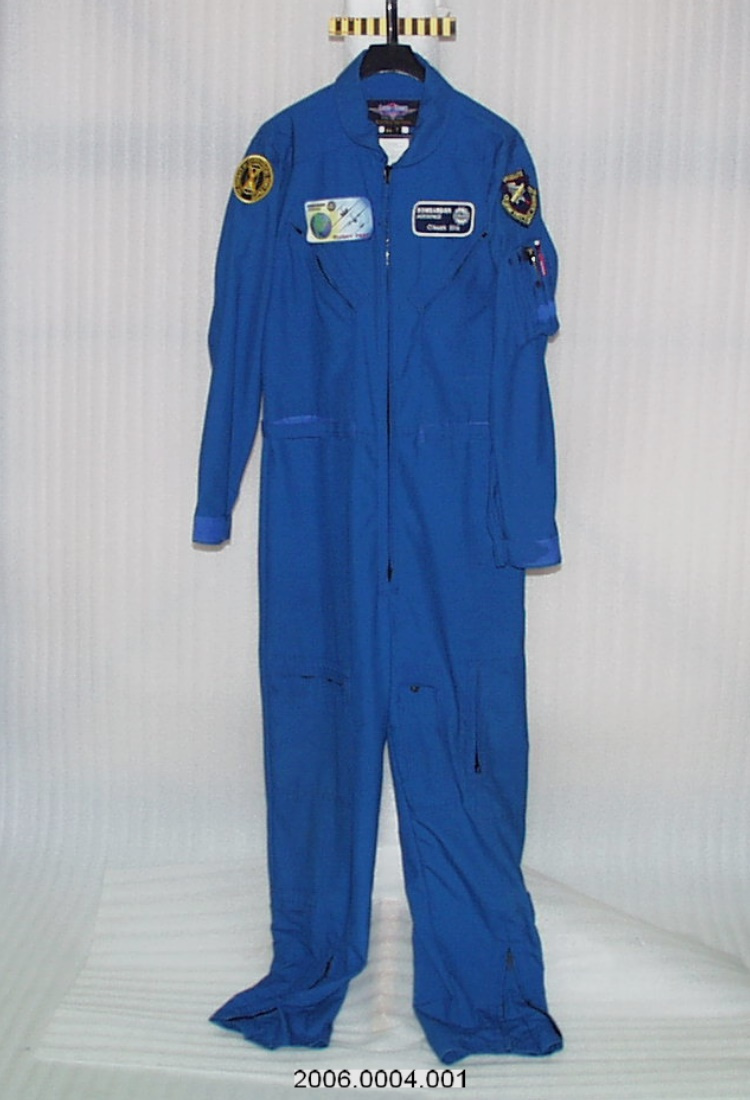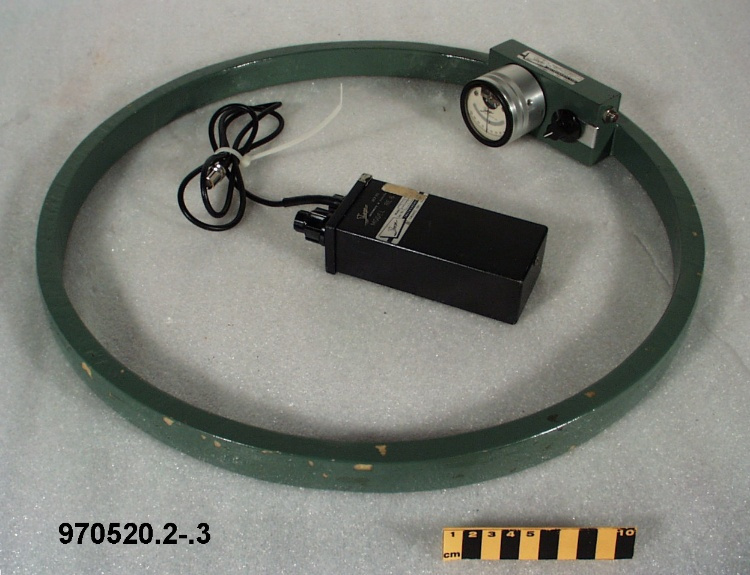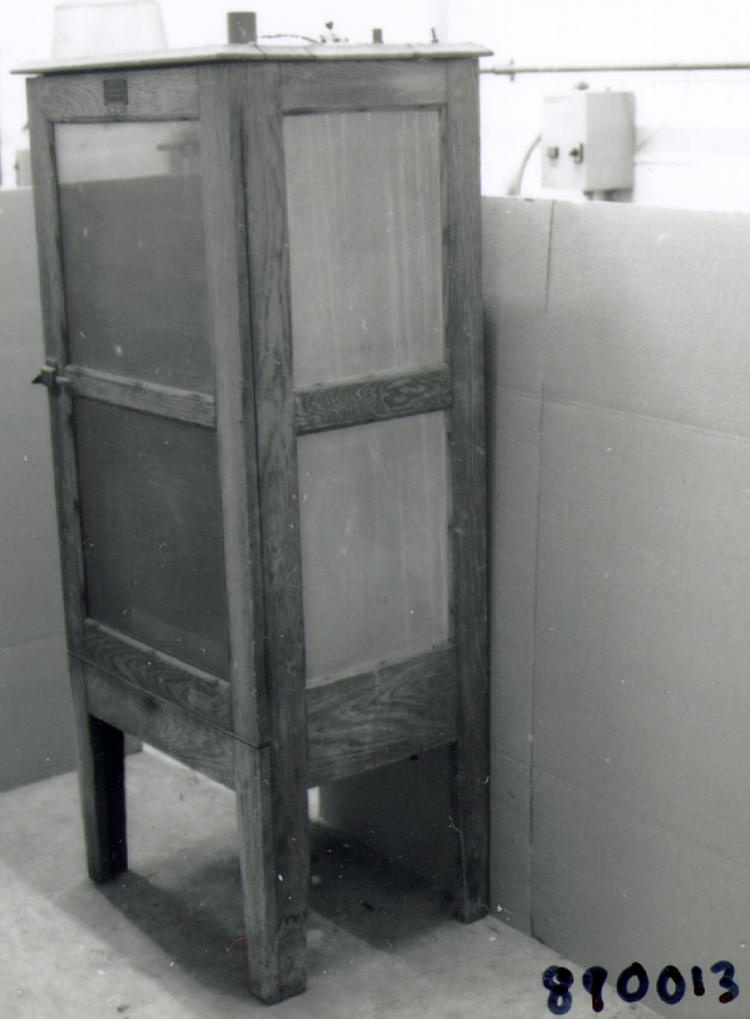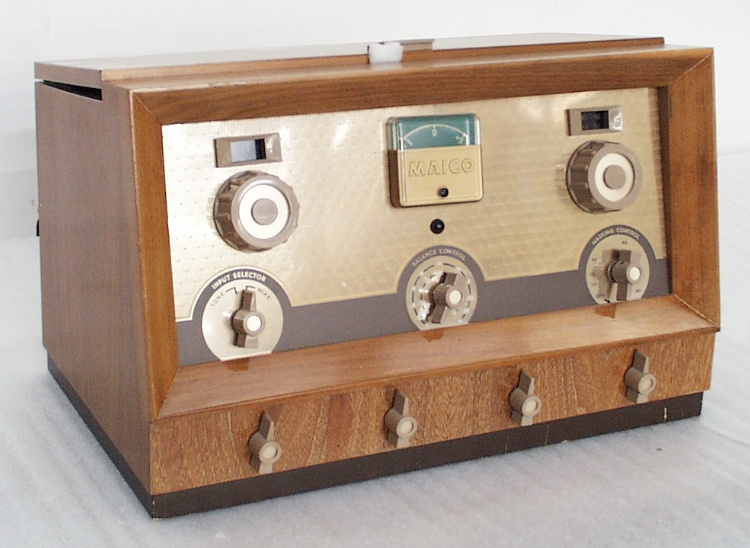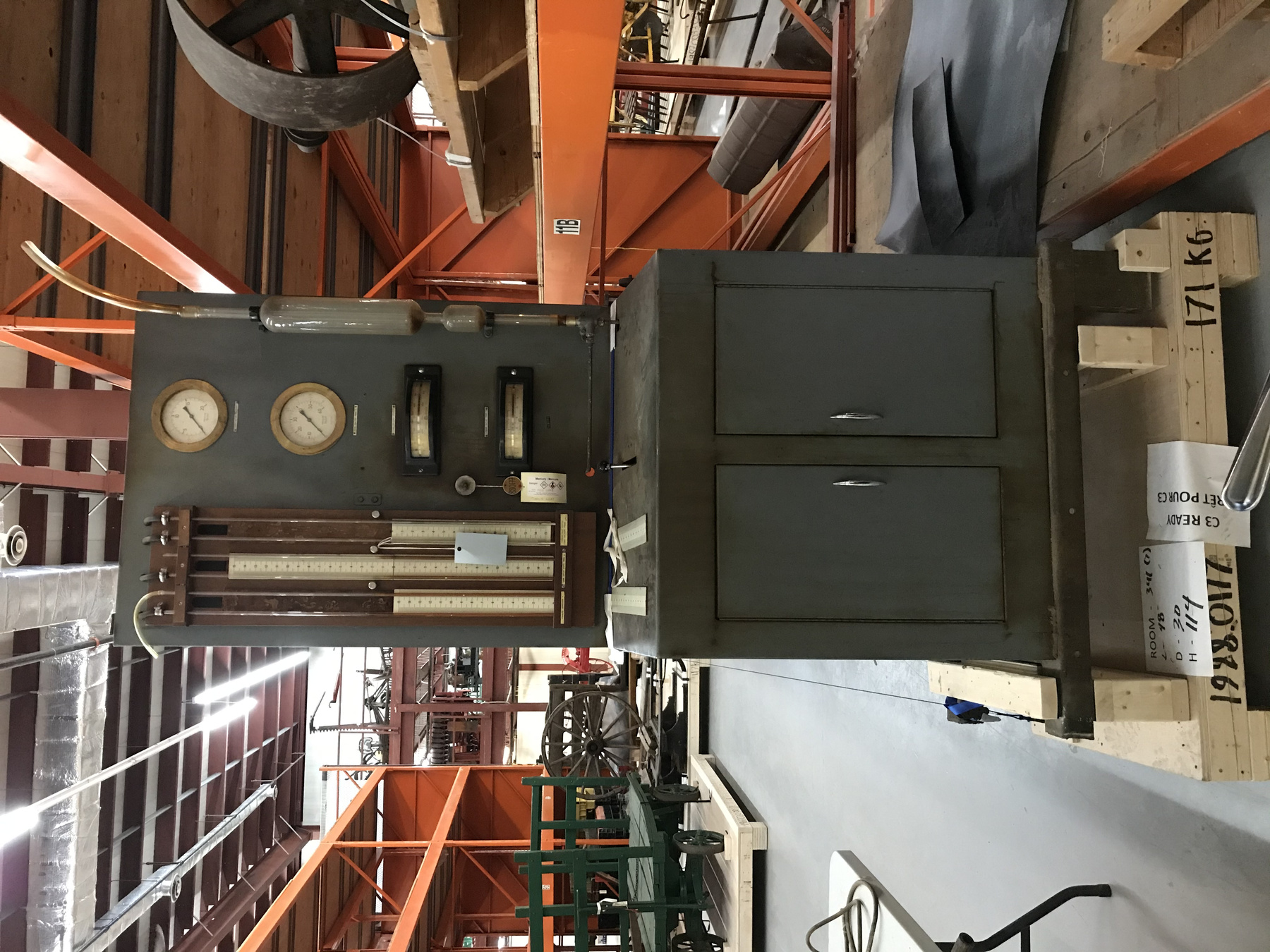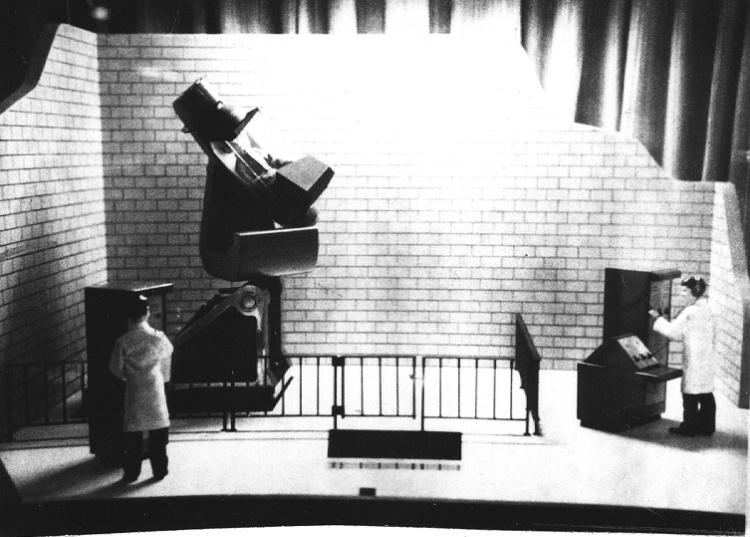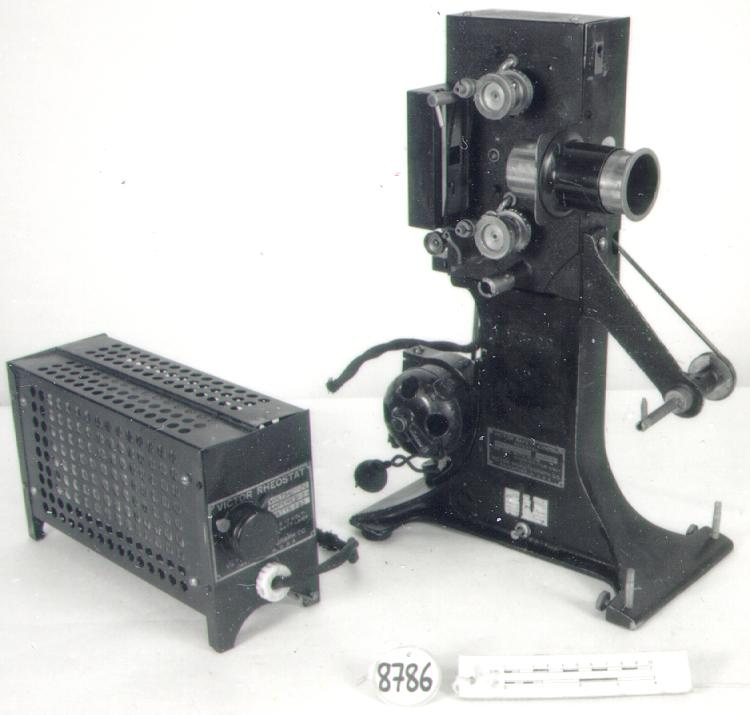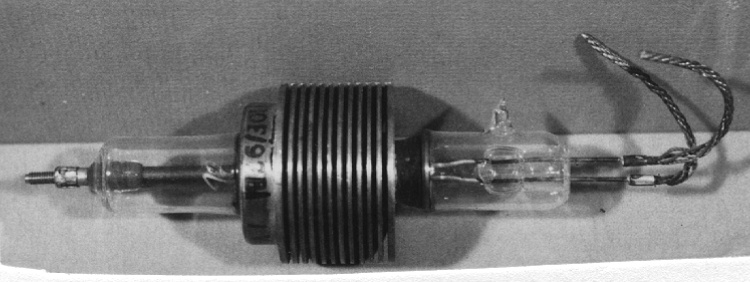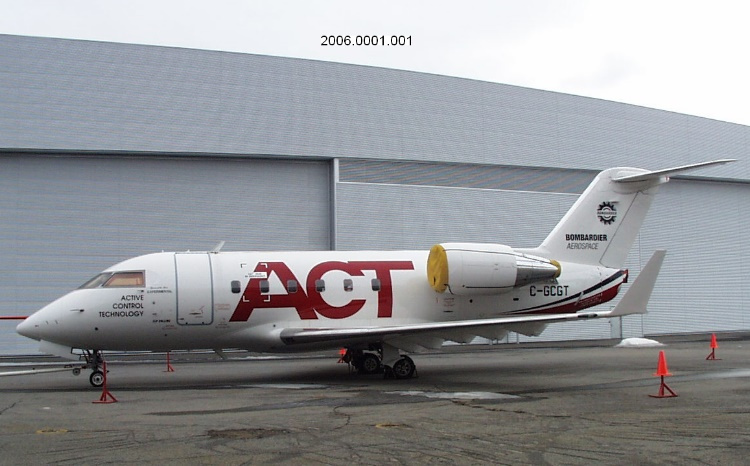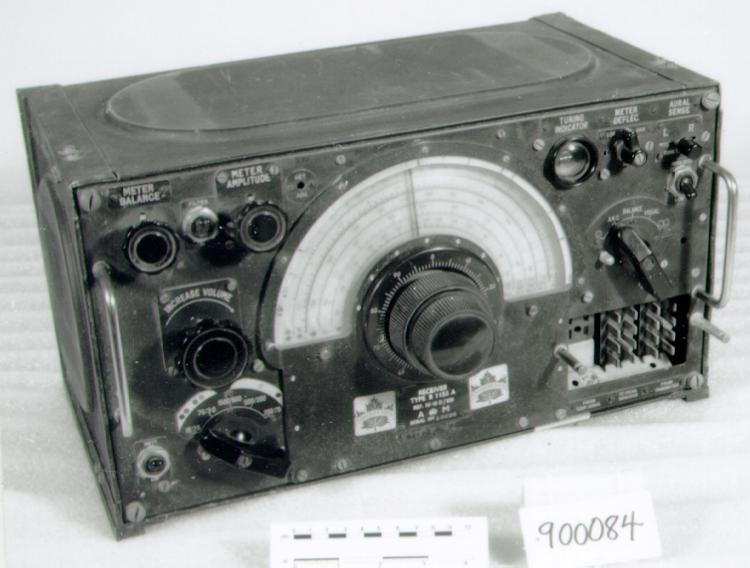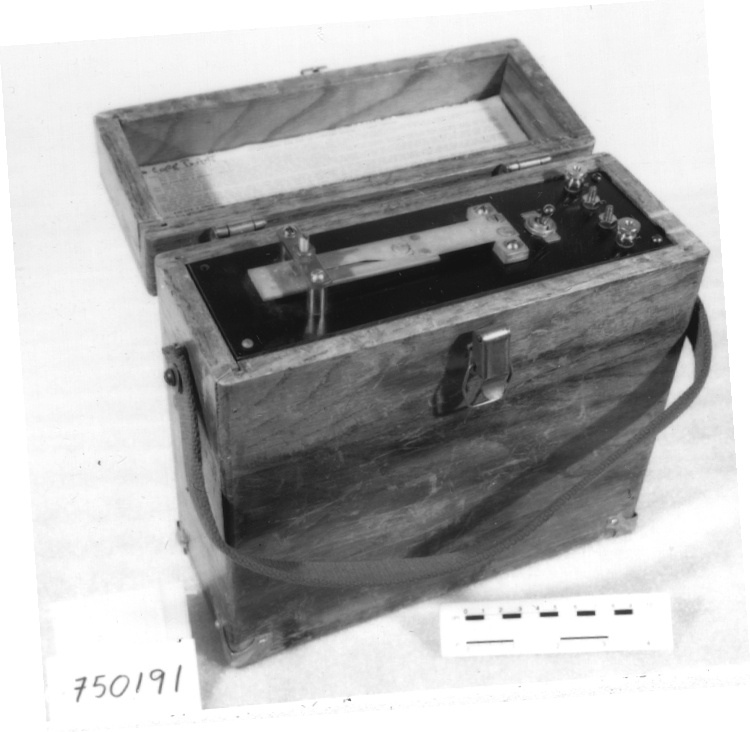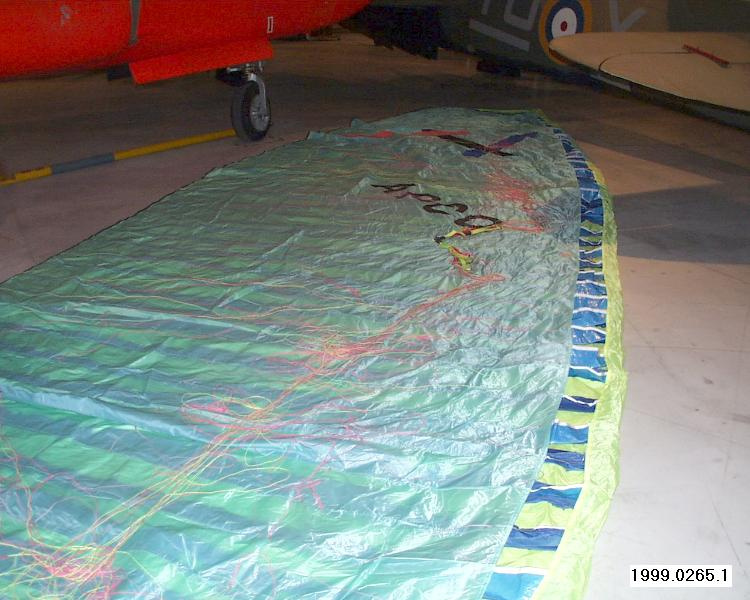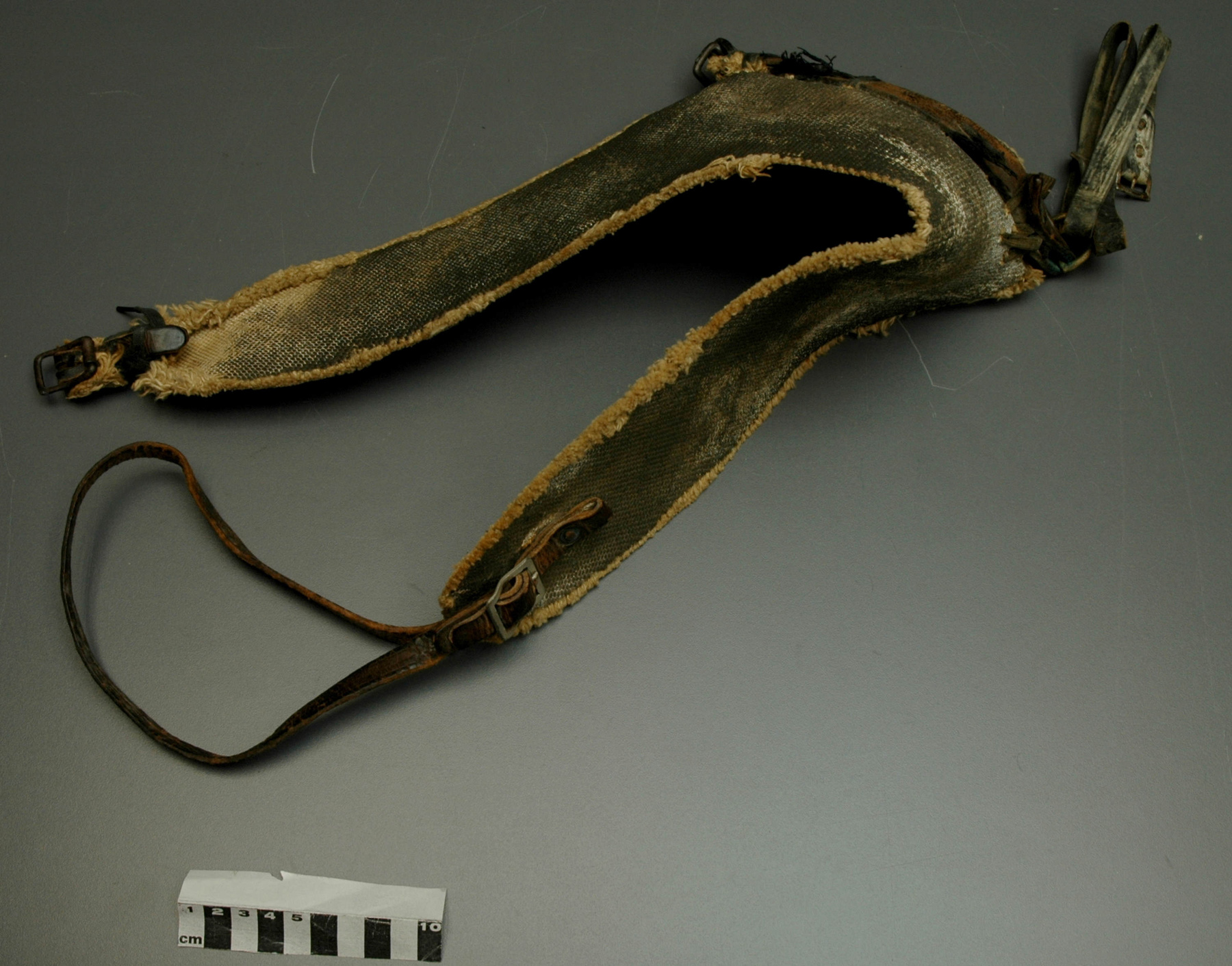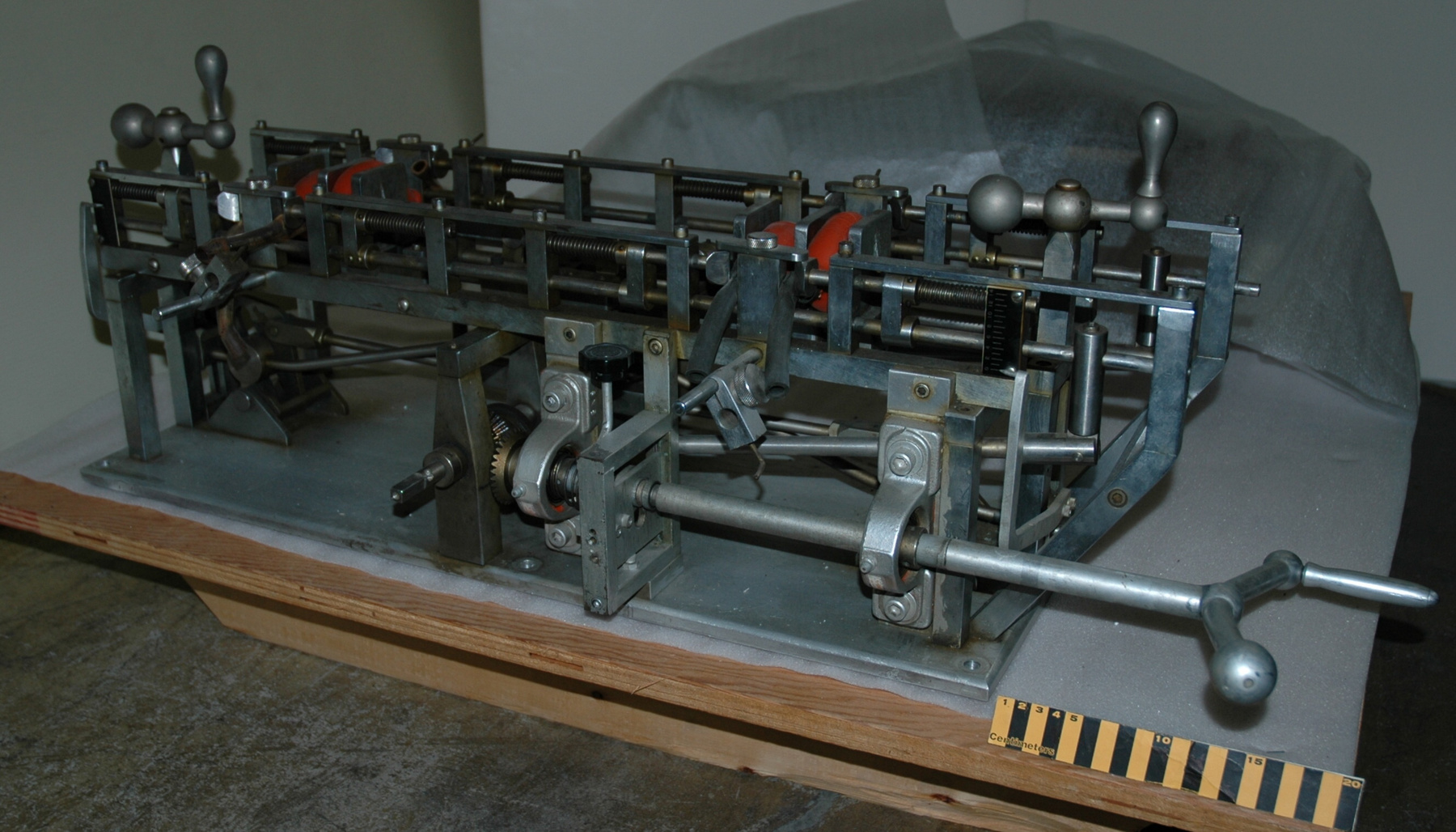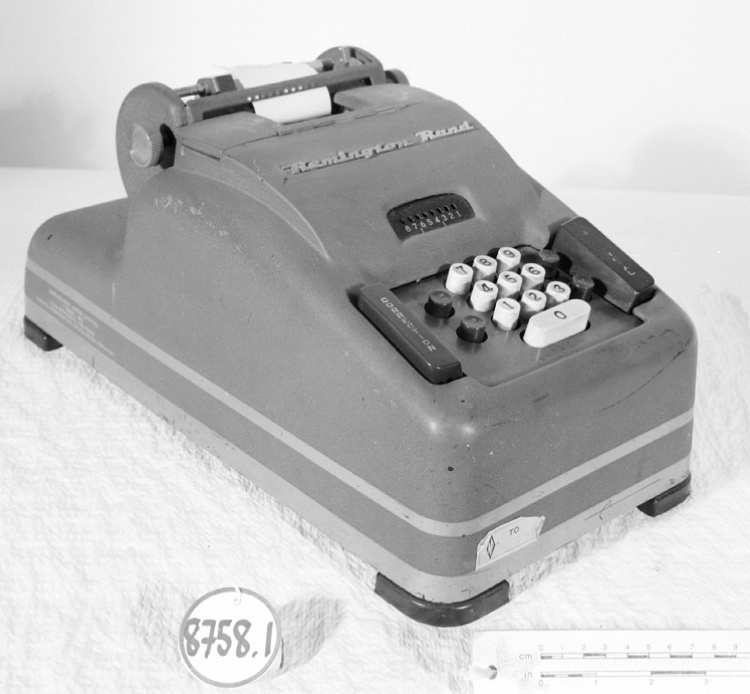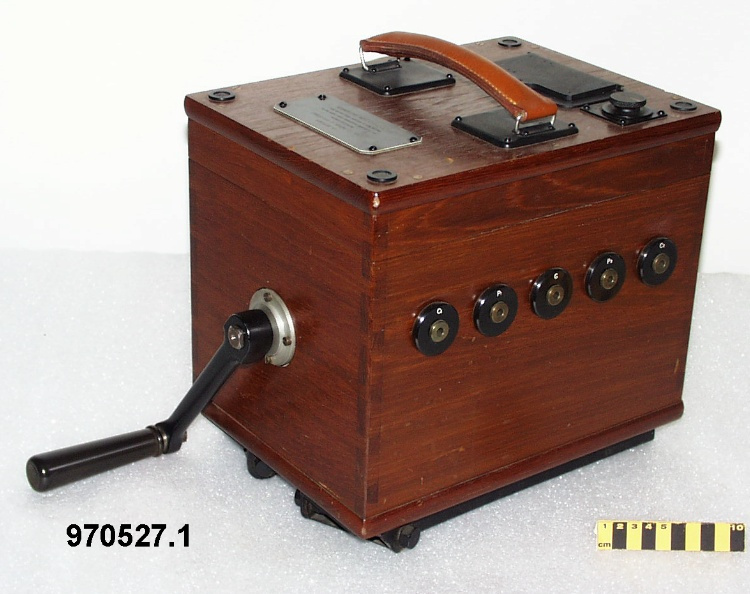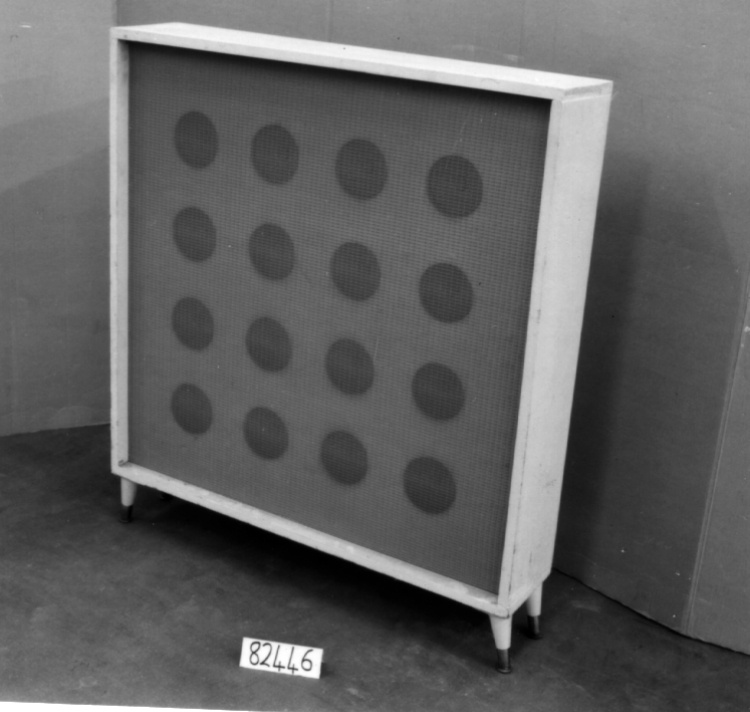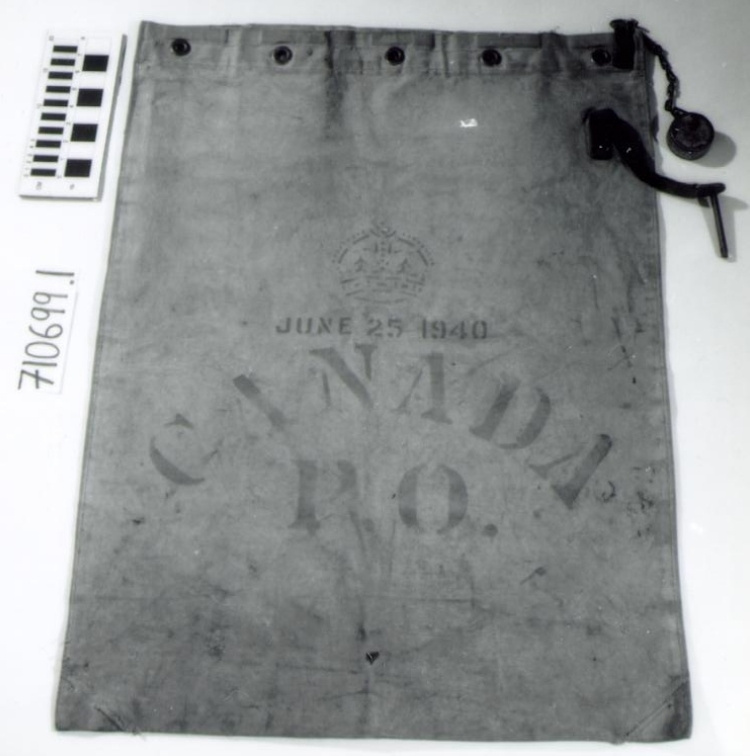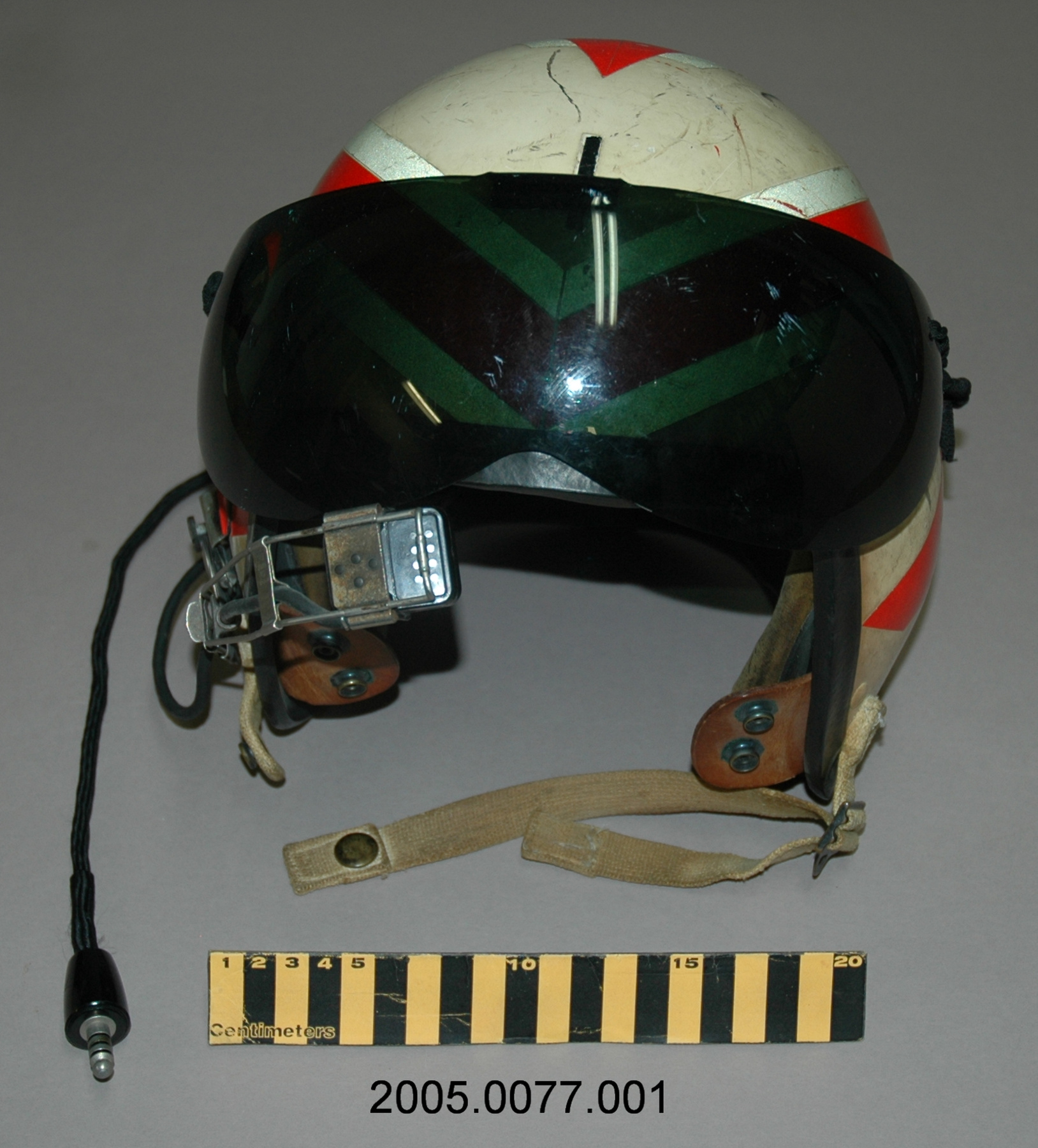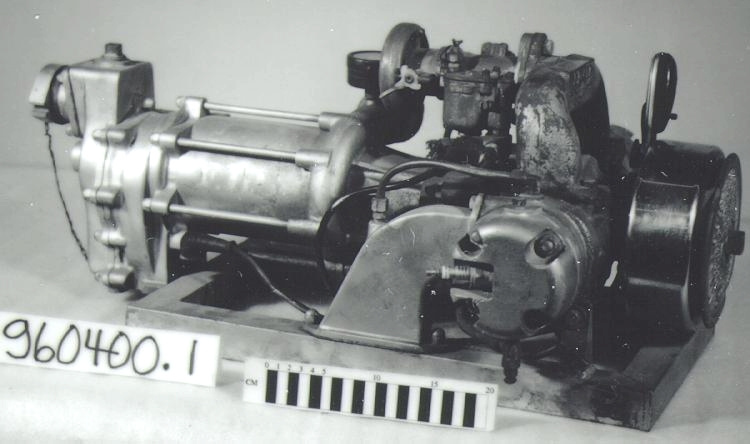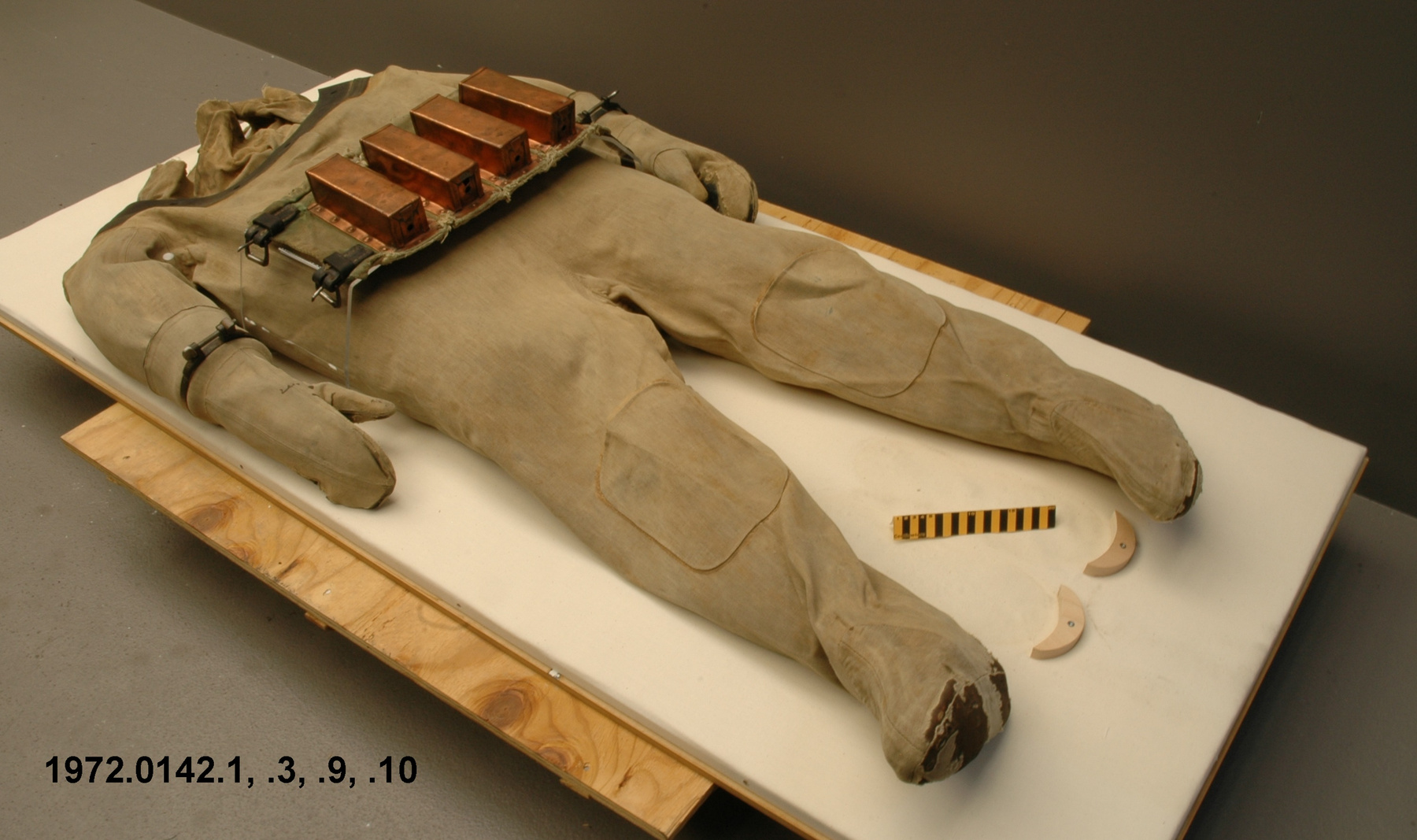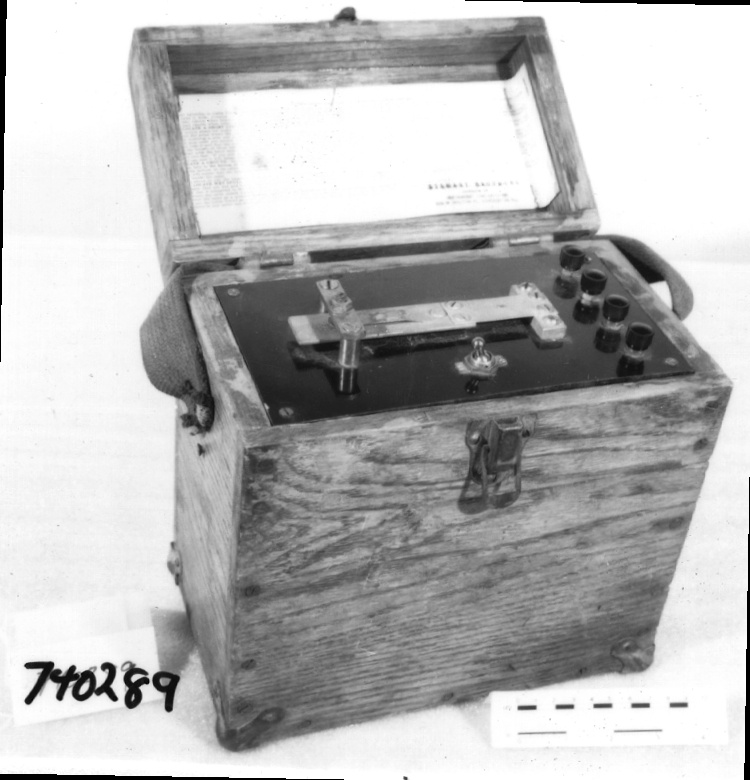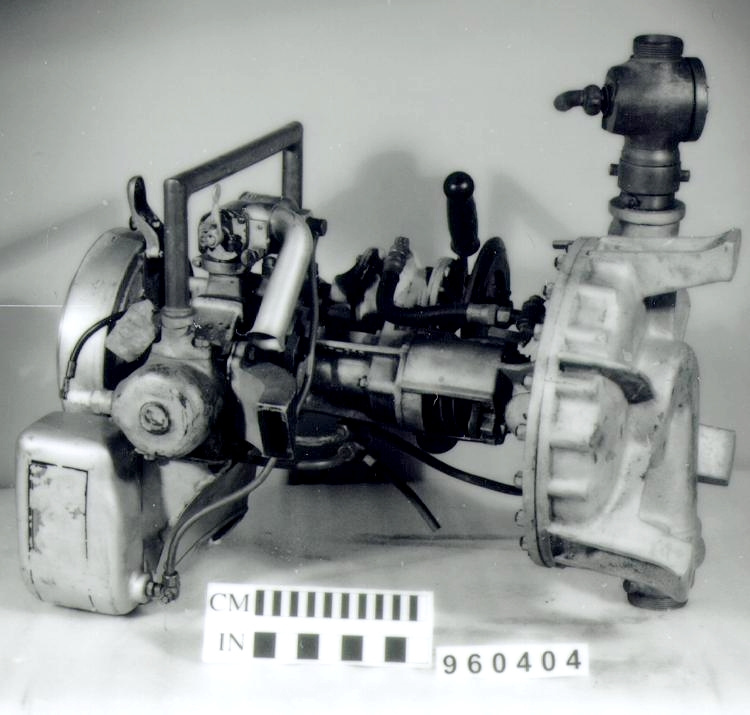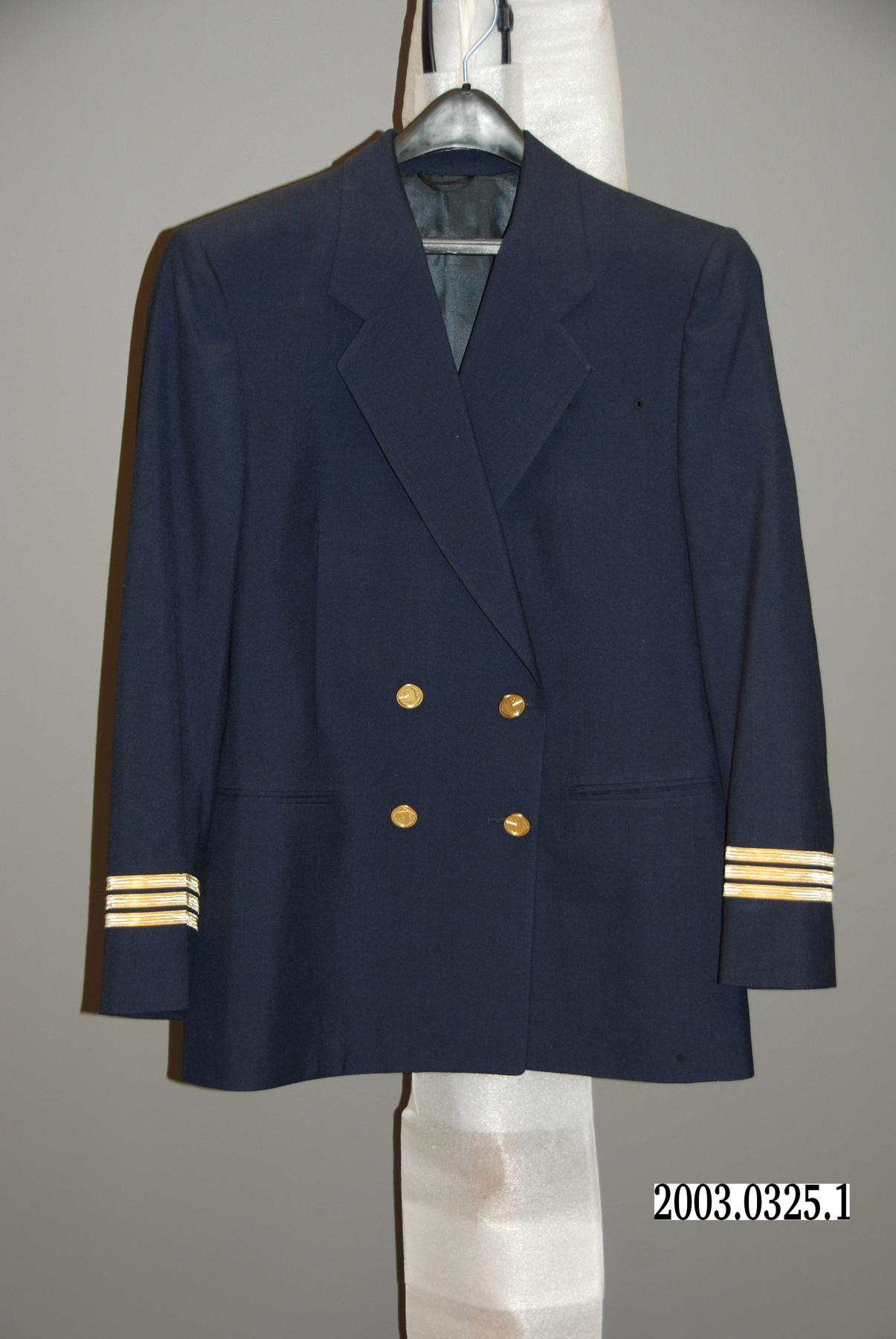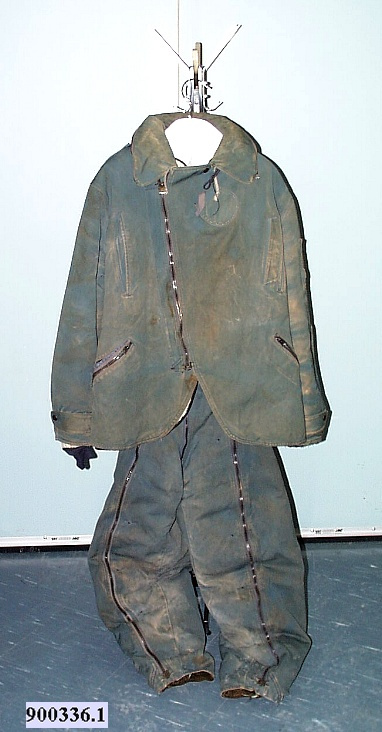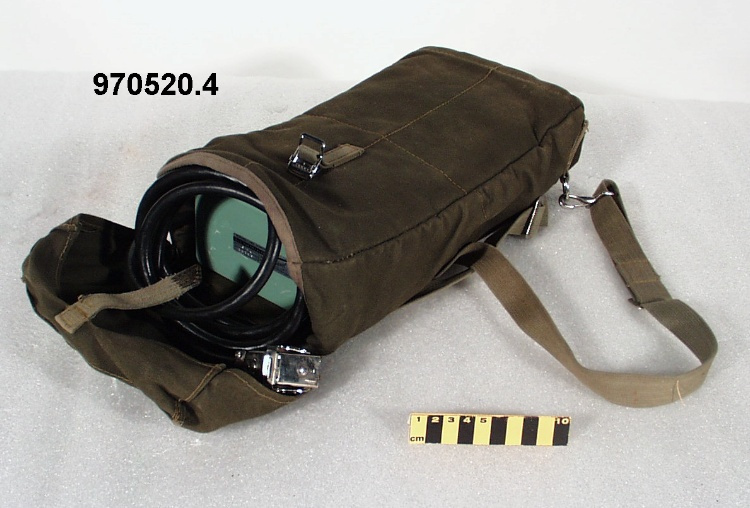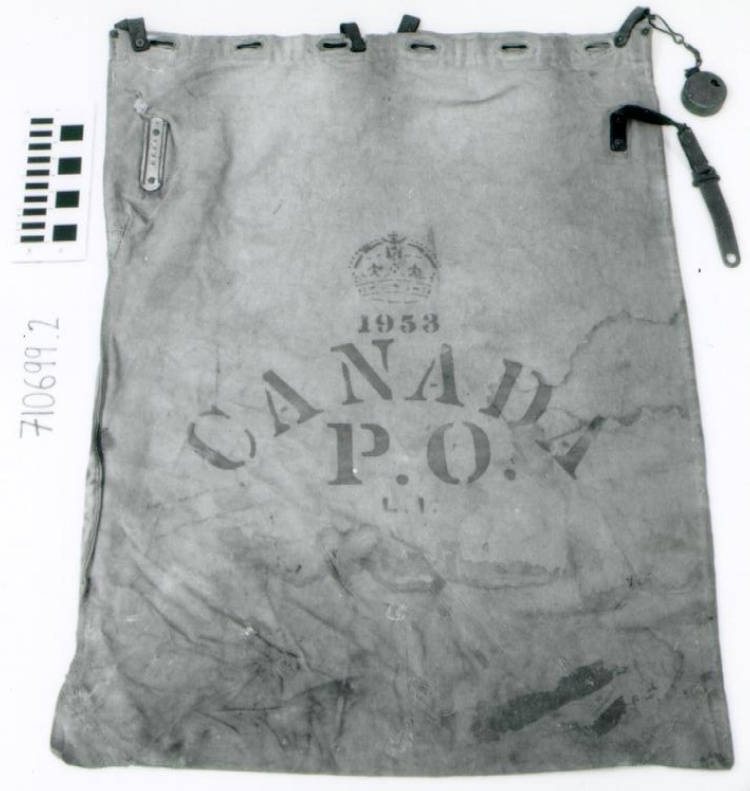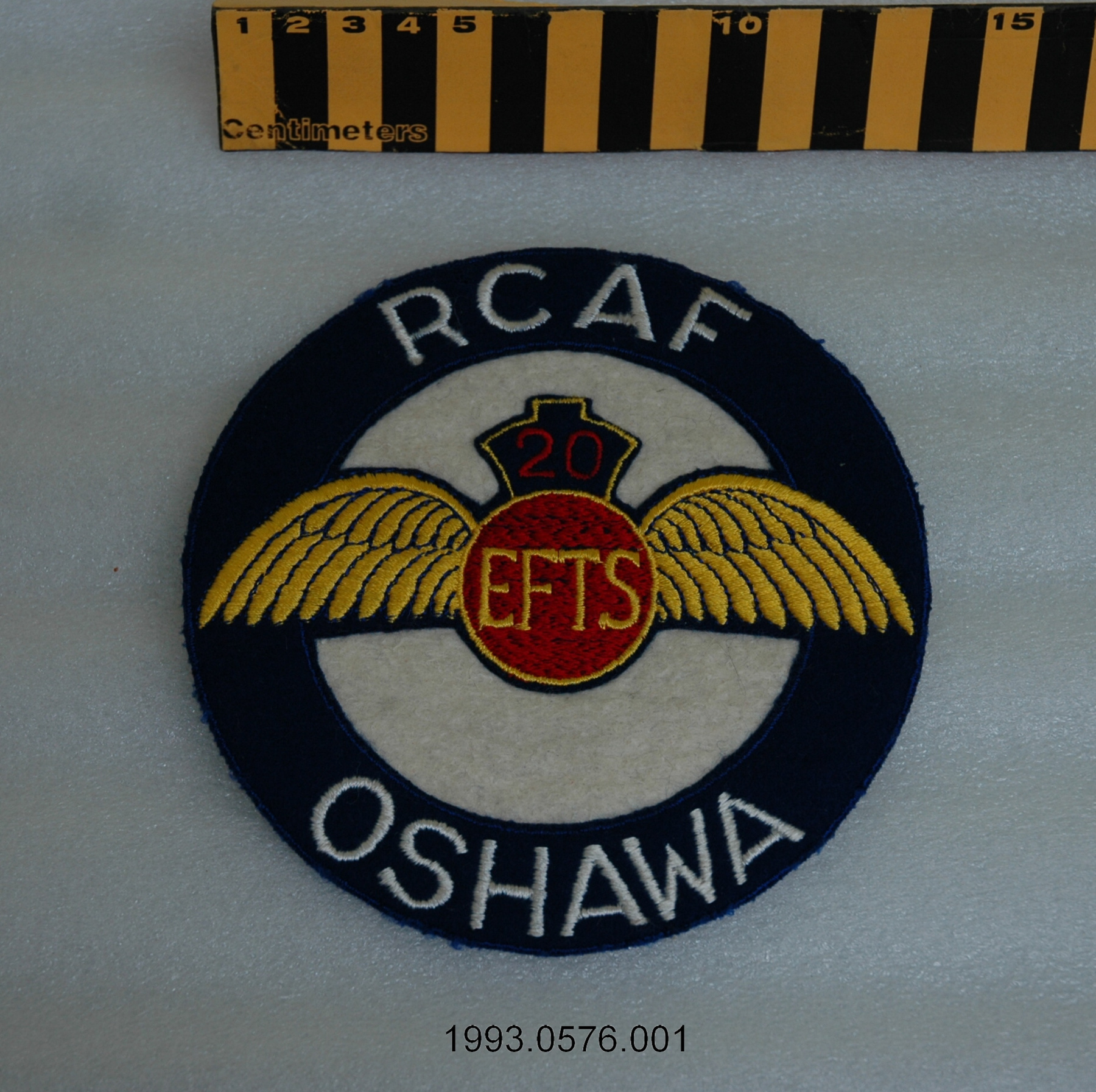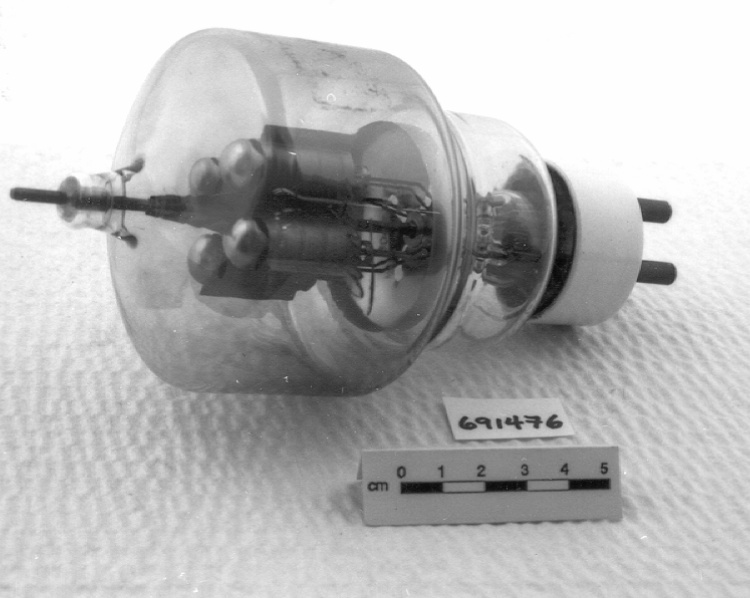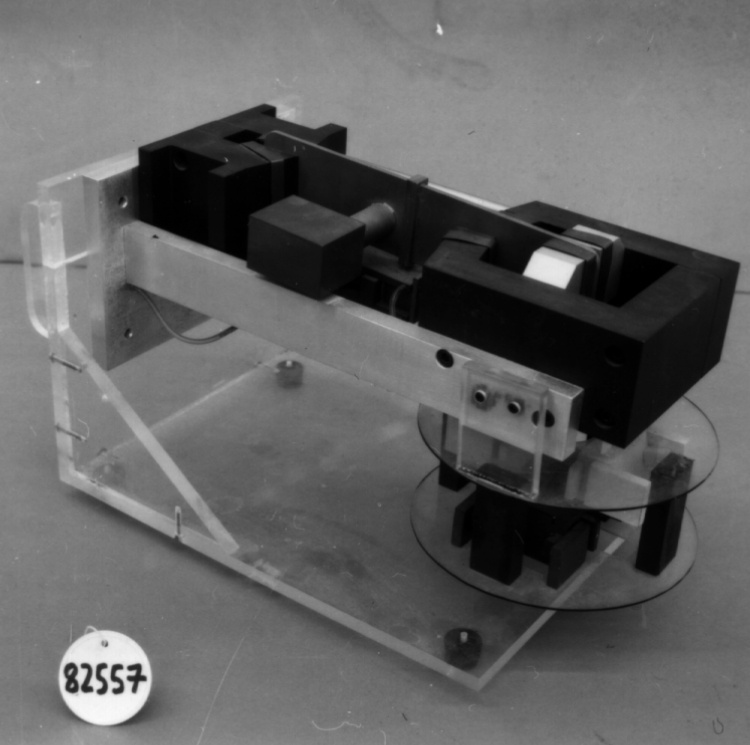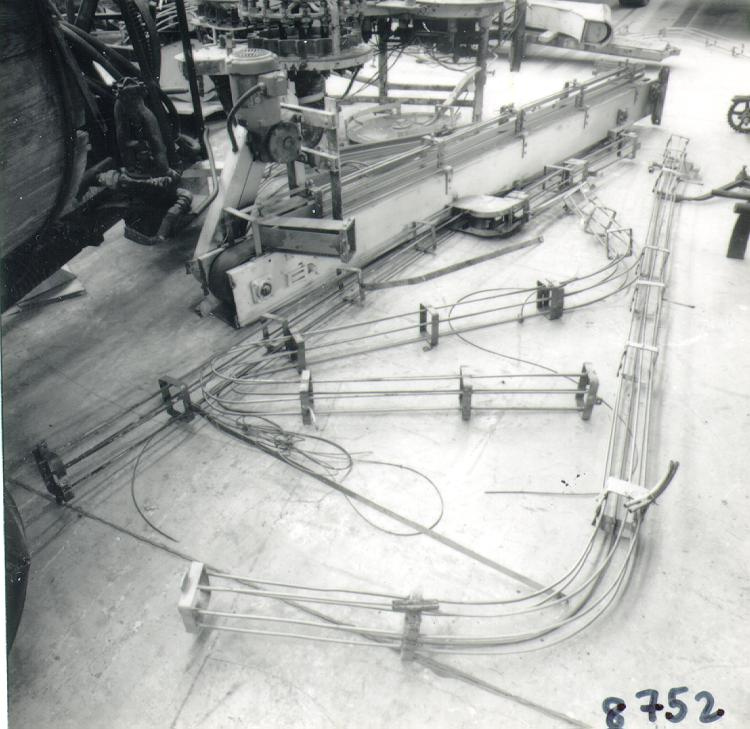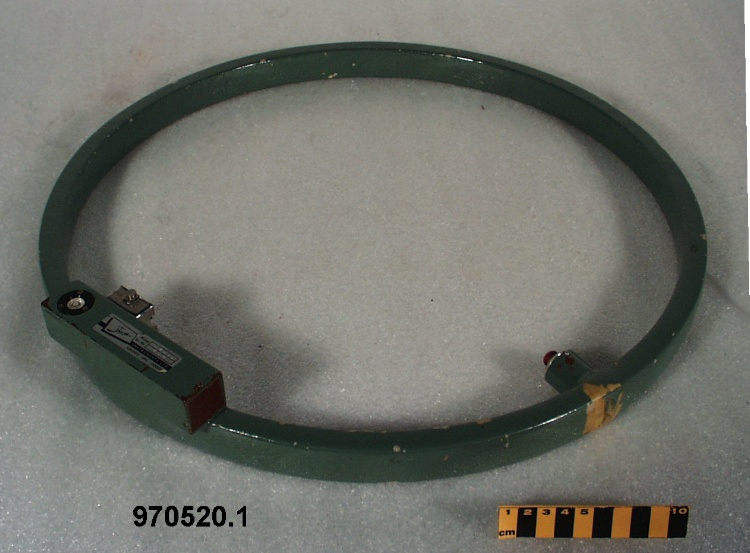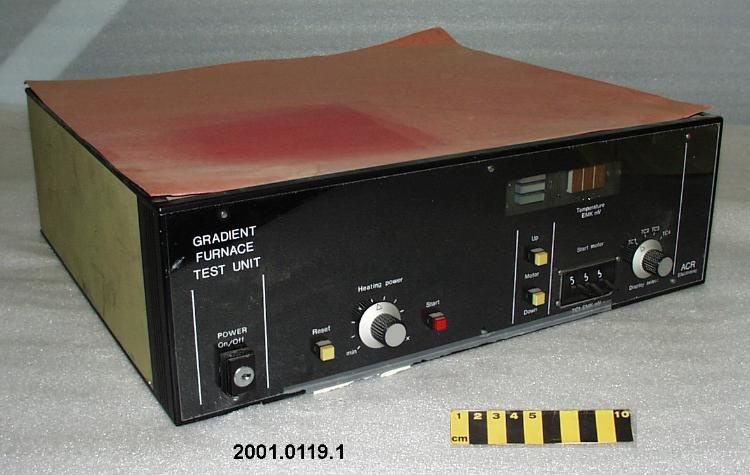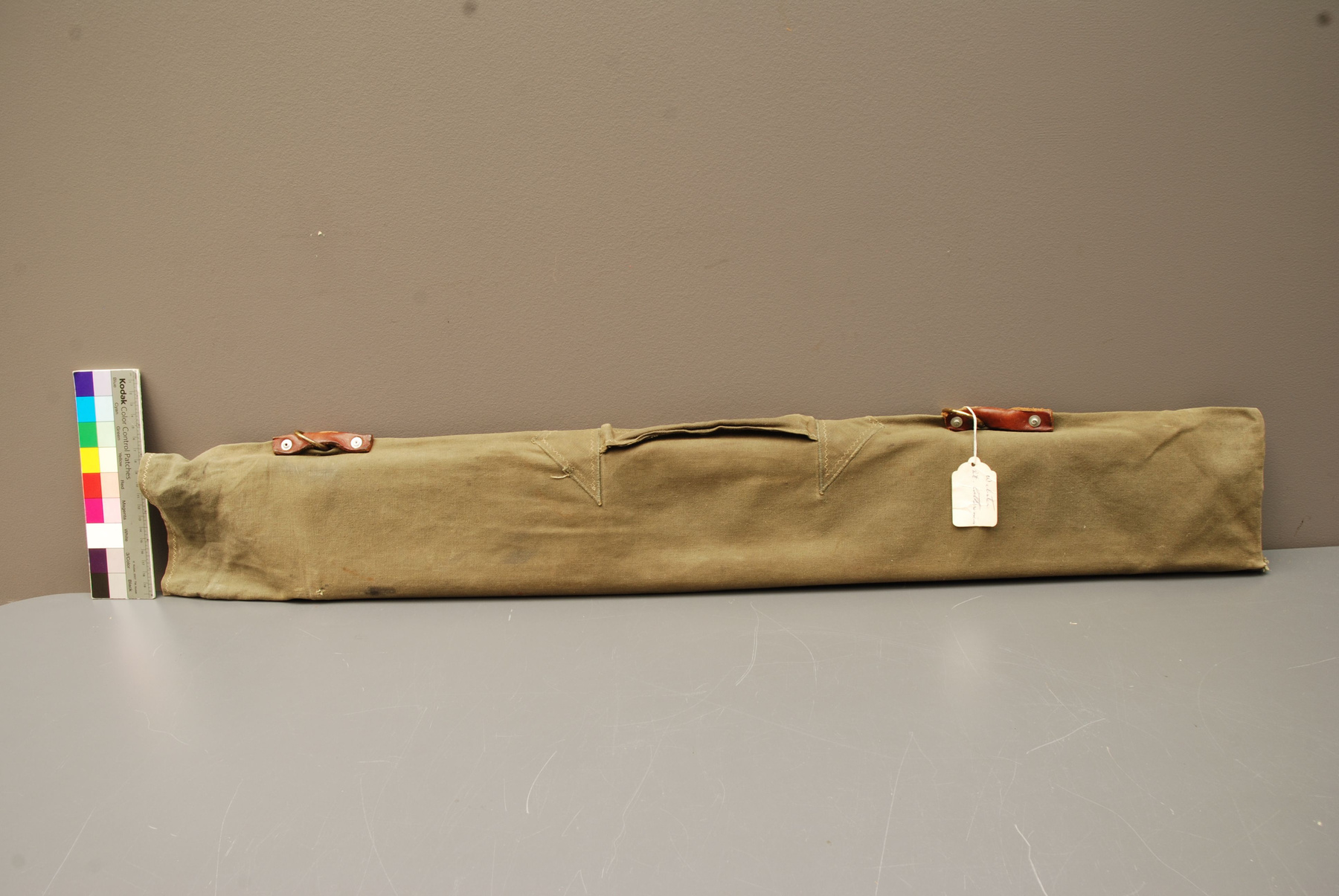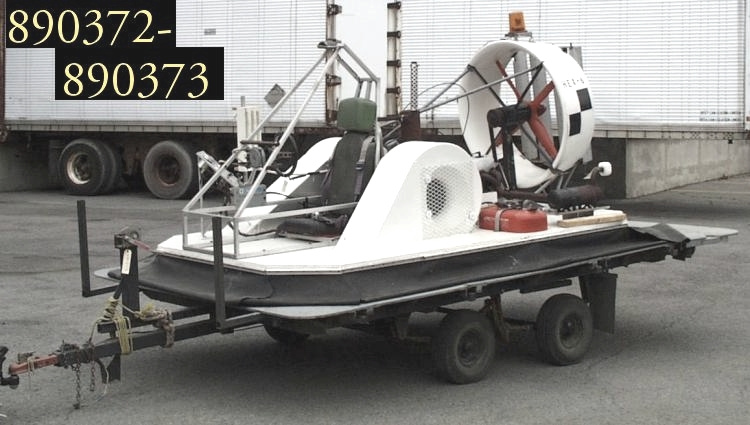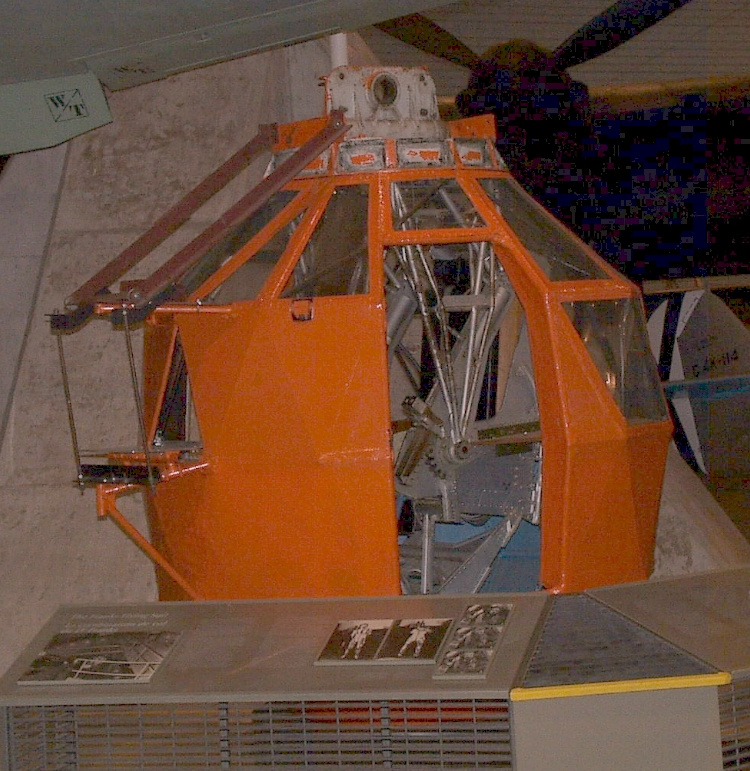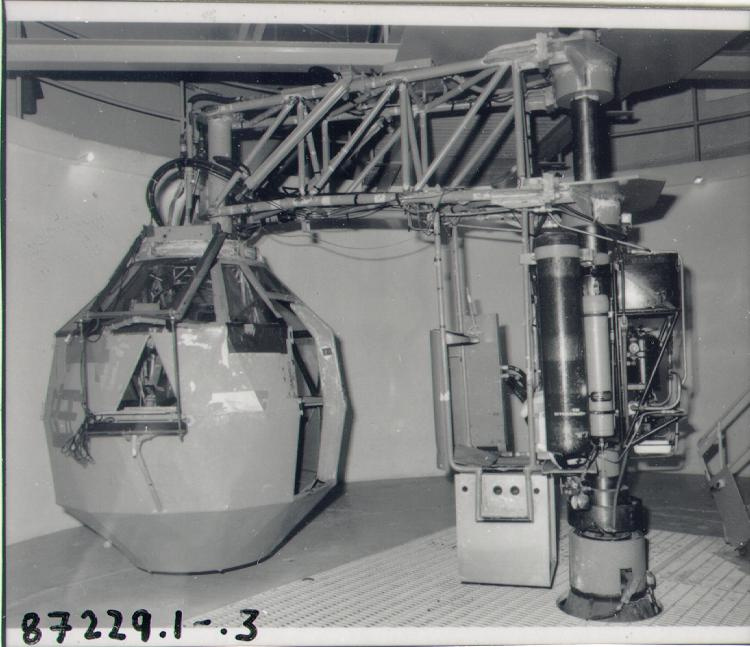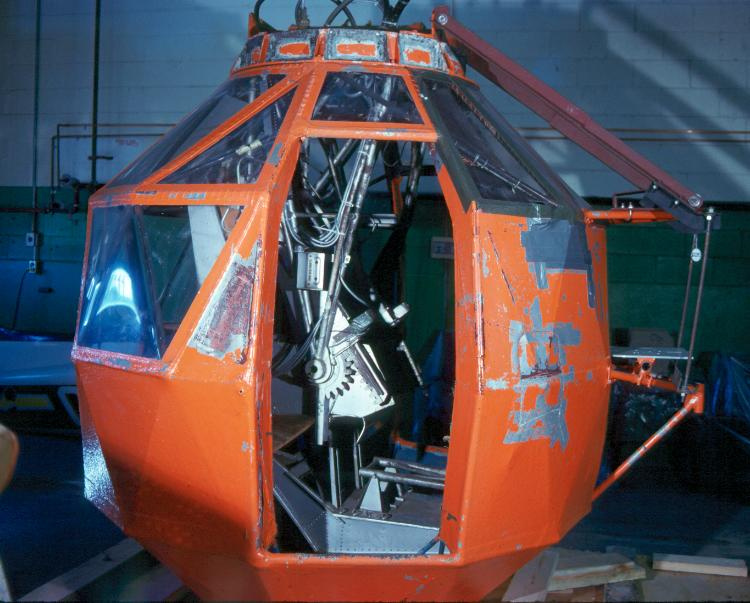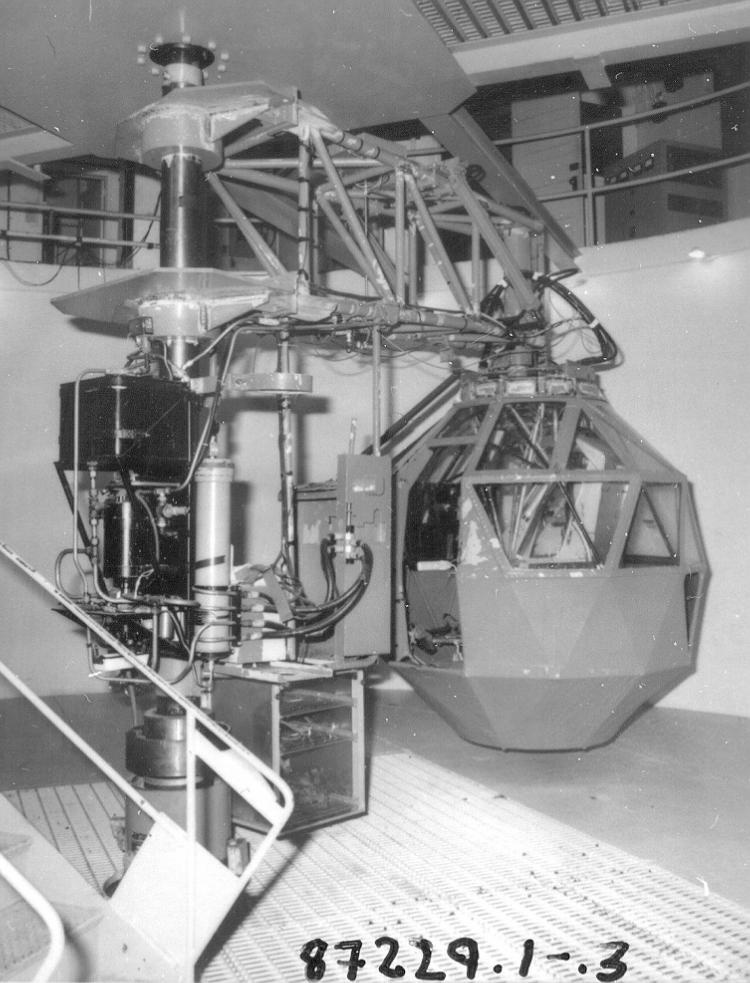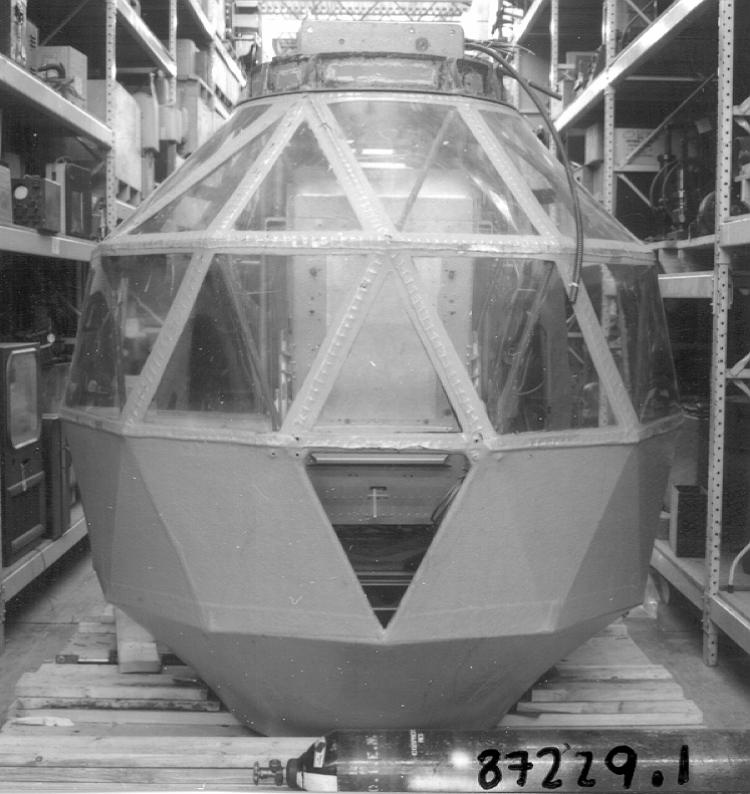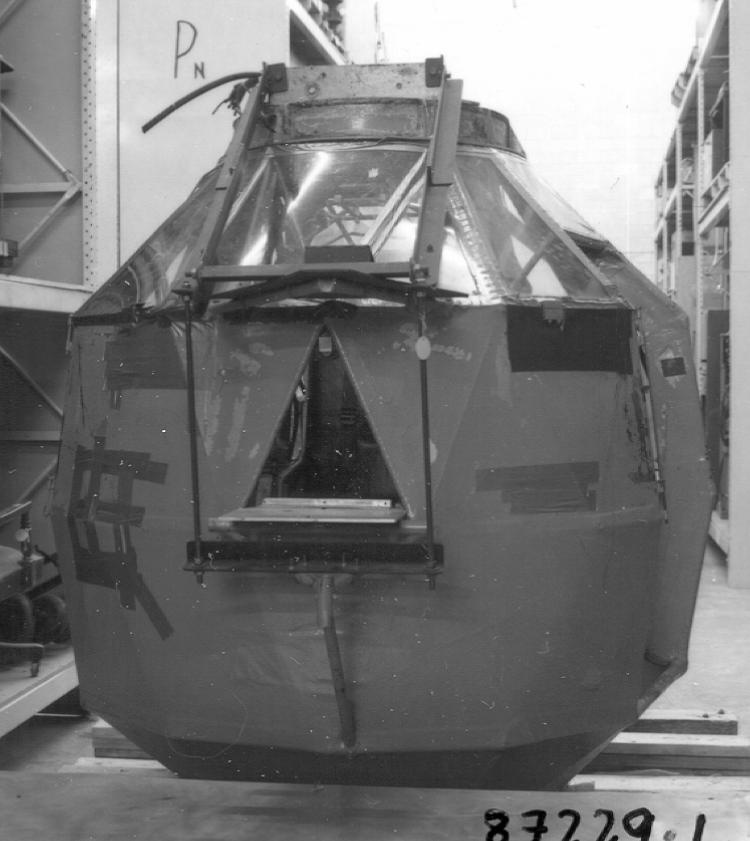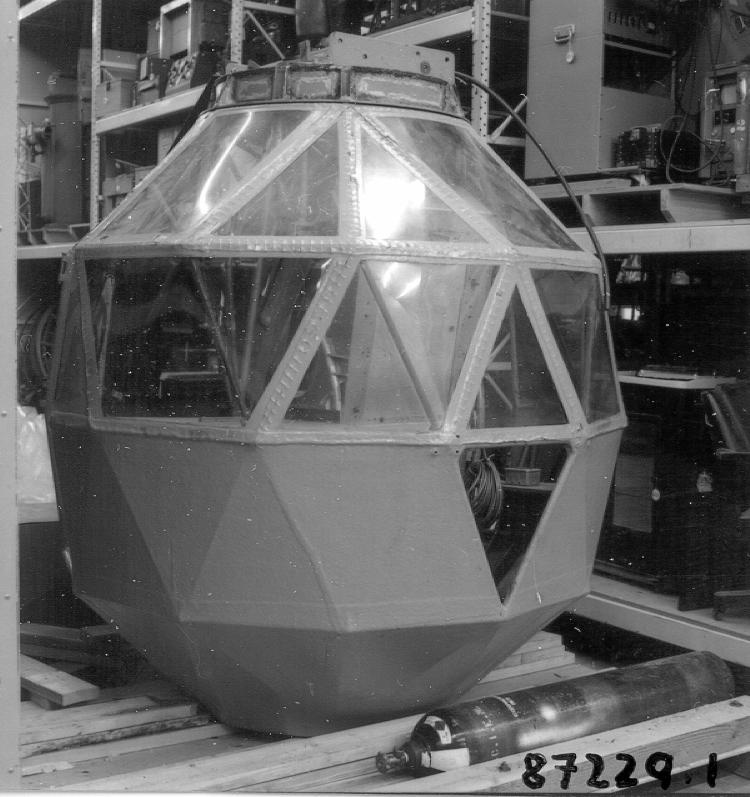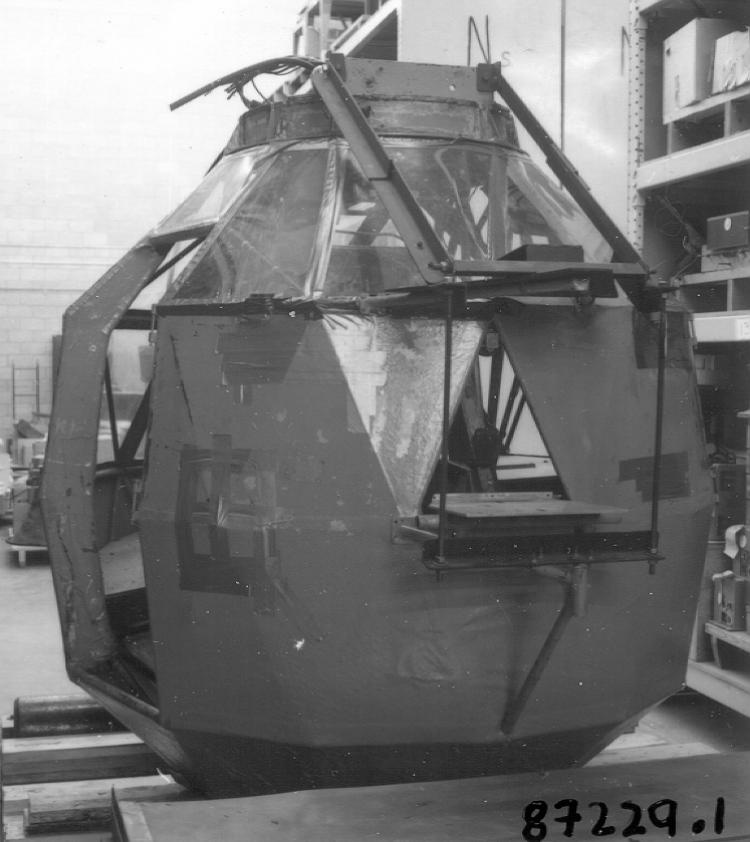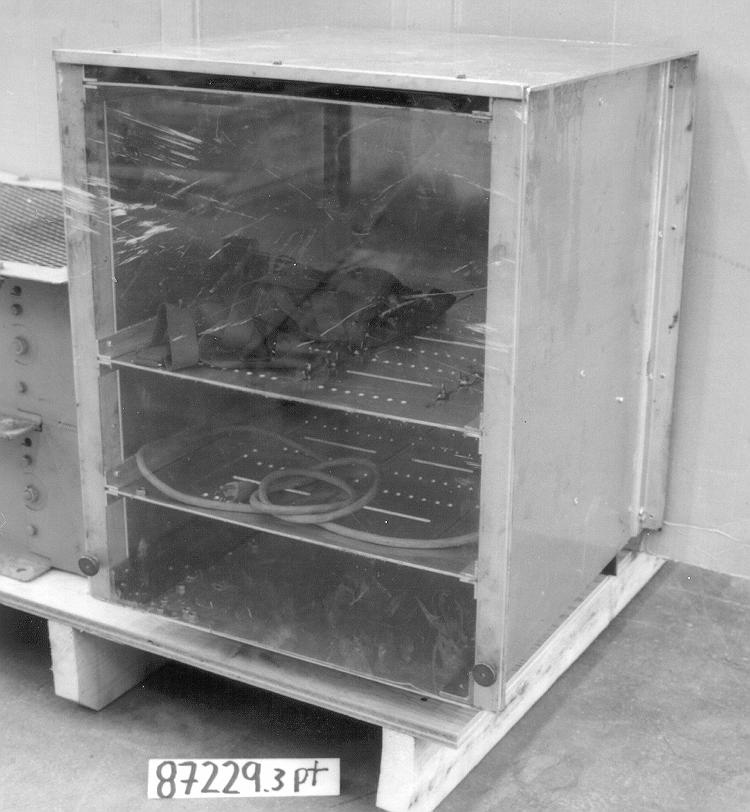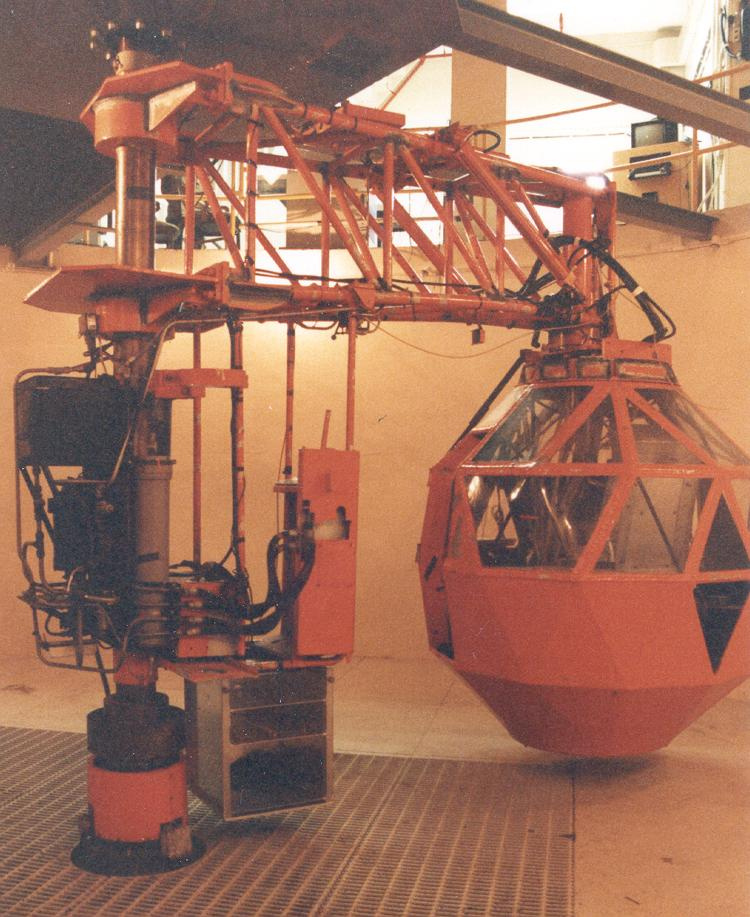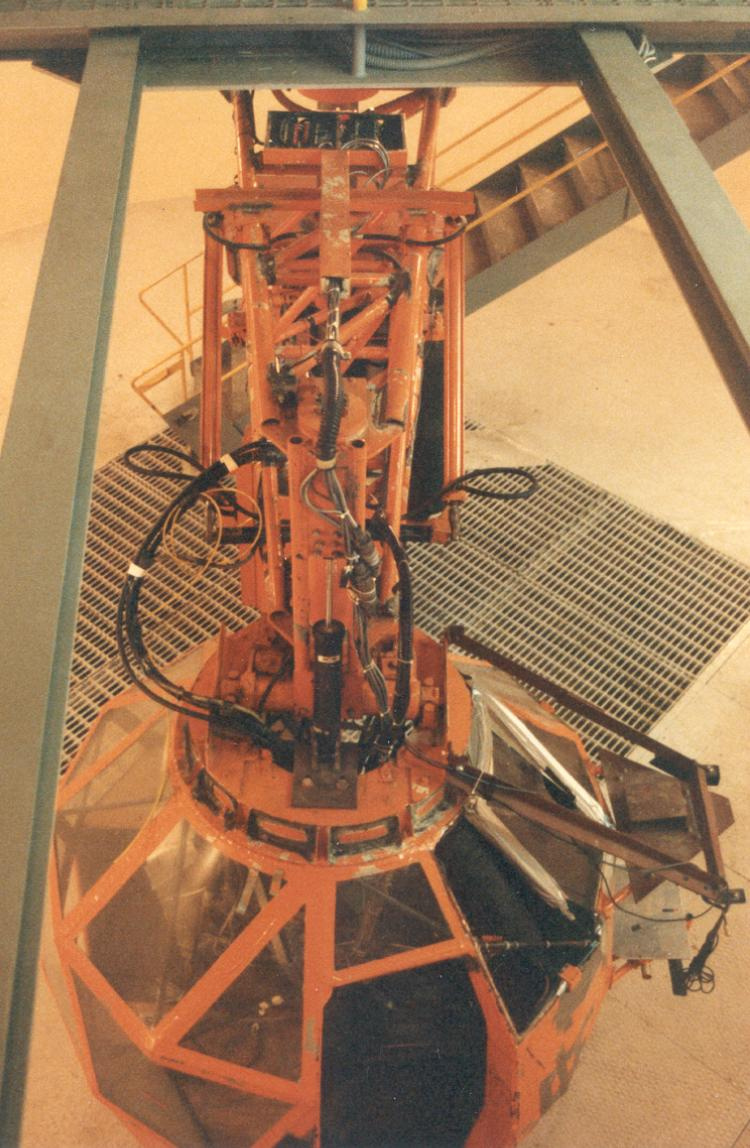Centrifuge, human
Use this image
Can I reuse this image without permission? Yes
Object images on the Ingenium Collection’s portal have the following Creative Commons license:
Copyright Ingenium / CC BY-NC-ND (Attribution-NonCommercial 4.0 International (CC BY-NC 4.0)
ATTRIBUTE THIS IMAGE
Ingenium,
1987.0229.001
Permalink:
Ingenium is releasing this image under the Creative Commons licensing framework, and encourages downloading and reuse for non-commercial purposes. Please acknowledge Ingenium and cite the artifact number.
DOWNLOAD IMAGEPURCHASE THIS IMAGE
This image is free for non-commercial use.
For commercial use, please consult our Reproduction Fees and contact us to purchase the image.
- OBJECT TYPE
- EXPERIMENTAL ACCELERATOR
- DATE
- 1940–1941
- ARTIFACT NUMBER
- 1987.0229.001
- MANUFACTURER
- University of Toronto, Faculty of Applied Science & Engineering
- MODEL
- RCAF ACCELERATOR
- LOCATION
- Toronto, Ontario, Canada
More Information
General Information
- Serial #
- UNIQUE
- Part Number
- 1
- Total Parts
- 4
- AKA
- N/A
- Patents
- N/A
- General Description
- GONDOLA MADE OF WELDED STEEL AIRCRAFT TUBING, ENCLOSED WITH SYNTHETIC PANELS AND HEAVY AIRCRAFT FABRIC (DOPED AND PAINTED). PARTS MADE OF STEEL SHEET, BRONZE, OTHER METALS, TRANSPARENT SYNTHETIC, SYNTHETIC, WOOD, CERAMIC, LEATHER, FABRIC, CANVAS./ CABINET: METAL CASING; SYNTHETIC FRONT, POWER BAR, CORD.
Dimensions
Note: These reflect the general size for storage and are not necessarily representative of the object's true dimensions.
- Length
- 220.0 cm
- Width
- 200.0 cm
- Height
- 225.0 cm
- Thickness
- N/A
- Weight
- N/A
- Diameter
- N/A
- Volume
- N/A
Lexicon
- Group
- Aviation
- Category
- Research
- Sub-Category
- N/A
Manufacturer
- AKA
- University
- Country
- Canada
- State/Province
- Ontario
- City
- Toronto
Context
- Country
- Unknown
- State/Province
- Unknown
- Period
- CA 1940-1987
- Canada
-
CANADIAN SCIENTISTS USED THIS MACHINE EXTENSIVELY IN THE DEVELOPMENT OF THE MARK III F.F.S. (FRANKS FLYING SUIT), THE FIRST ANTI-G-SUIT TO BE USED IN ACTUAL AIR OPERATION ANYWHERE IN THE WORLD, AT THE BATTLE OF ORAN BY THE ROYAL NAVY FLEET AIR ARM IN 1942. - Function
-
Used to spin human test subjects at great speed so as to simulate conditions pilots would experience in a rapidly accelerating aircraft in order to test effectiveness of experimental G-suits. - Technical
-
THIS WAS THE FIRST MACHINE OF ITS KIND ON THE ALLIED SIDE IN WWII (GERMANY HAD A SMALLER, LESS EFFICIENT CENTRIFUGE). WITH ITS AID, ANTI-GRAVITY SUITS TO PROTECT PILOTS FROM HIGH GRAVITY FORCES DURING RAPID ACCELERATION & ALLEVIATE THE MAJOR PROBLEM OF PILOT BLACKOUT WERE DEVELOPED. - Area Notes
-
Unknown
Details
- Markings
- N/A
- Missing
- Drive motor and gearbox which were mounted in a pit under the unit.
- Finish
- Orange painted exterior; blue painted interior, metallic parts; black and white synthetic; unfinished wood; white ceramic; brown leather; blue fabric; green canvas./ Cabinet: Metallic casing, grey and white synthetic.
- Decoration
- N/A
CITE THIS OBJECT
If you choose to share our information about this collection object, please cite:
University of Toronto, Faculty of Applied Science & Engineering, Centrifuge, human, between 1940–1941, Artifact no. 1987.0229, Ingenium – Canada’s Museums of Science and Innovation, http://collection.ingeniumcanada.org/en/id/1987.0229.001/
FEEDBACK
Submit a question or comment about this artifact.
More Like This
